Richard Ladkani has made a profound impact in the world of documentary film. Renowned for his compelling storytelling and cinematic excellence, his films have garnered global acclaim and prestigious awards, including the Audience Award at the Sundance Film Festival and the Cinema for Peace Award.
Since co-founding Malaika Pictures, Richard has continued to explore and present significant global narratives. His induction into the Academy of Motion Picture Arts and Sciences’ Documentary Branch in 2020 is a testament to his influential role in documentary cinema. This introduction precedes a comprehensive exploration of Richard Ladkani’s extensive and impactful filmography.
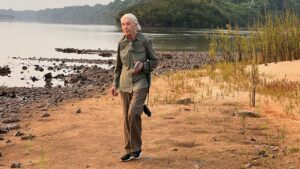

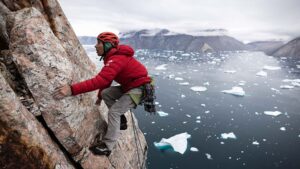



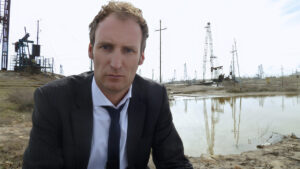
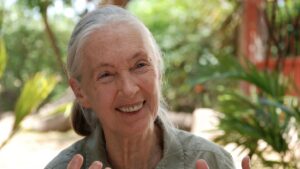
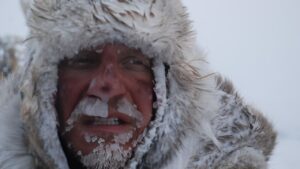

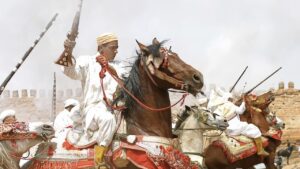

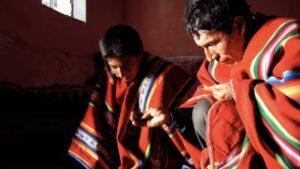
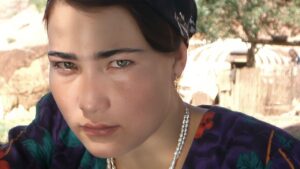
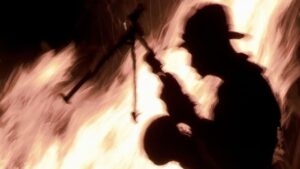
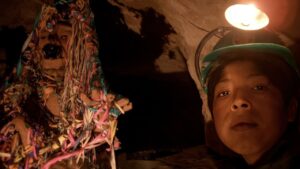



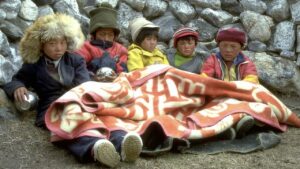
“Chasing Jane” is a deeply personal documentary that offers an intimate look at the life of Jane Goodall, revealing the woman behind the iconic chimpanzee expert. Directed by her long-time friend Richard Ladkani, the film explores the two sides of Jane: the public figure and the private individual. As she approaches her 90th birthday in April 2024, Jane remains as dedicated as ever, continuing to inspire hope and advocate for the planet. This documentary, made possible by her close bond with Ladkani, captures Jane’s humor, determination, and unyielding spirit, offering viewers an unprecedented glimpse into the life of a true global icon and tireless environmental advocate.
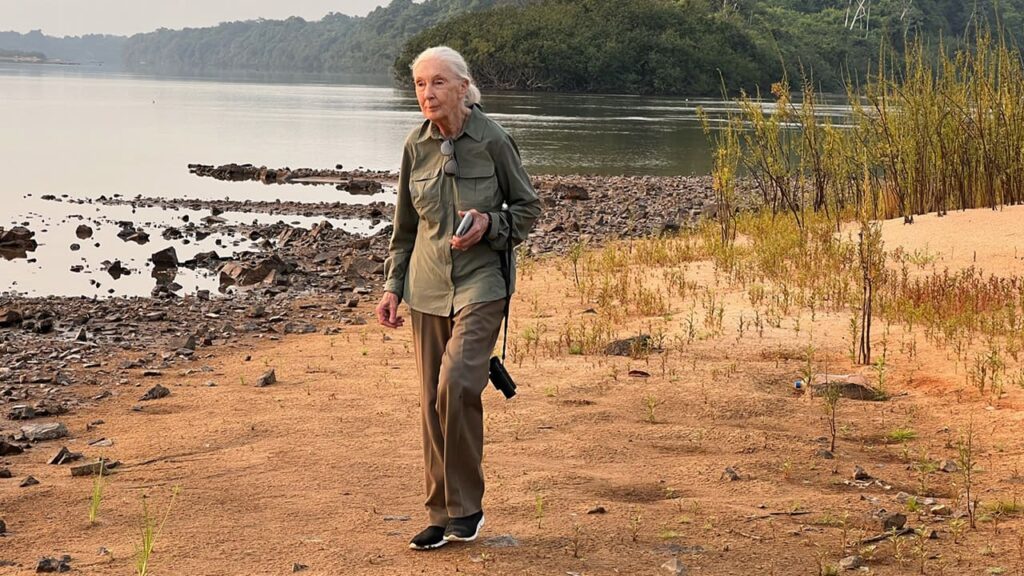
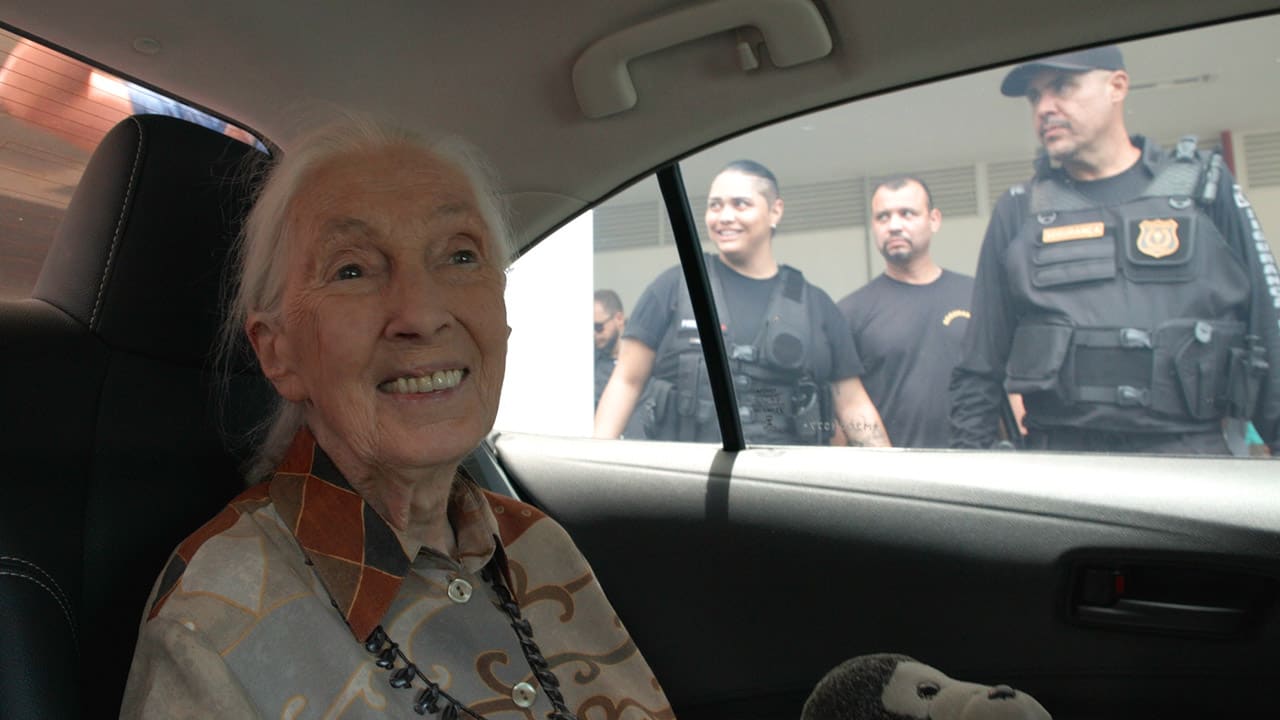

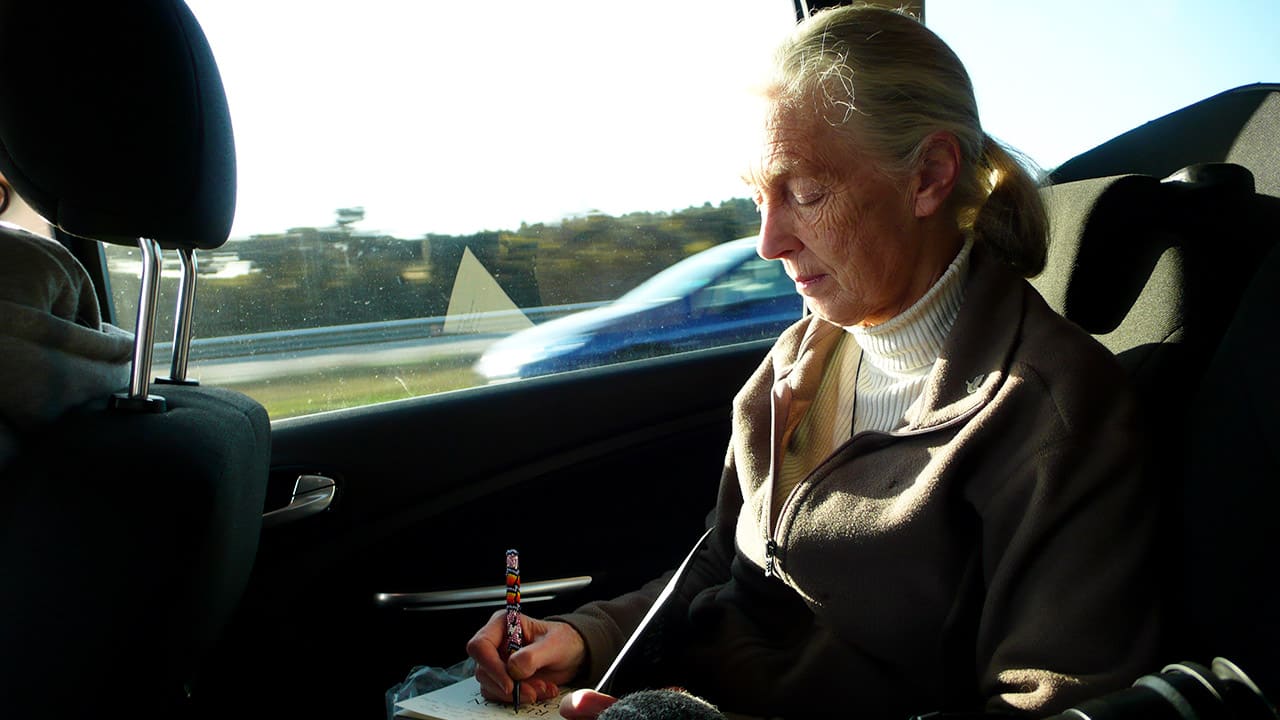

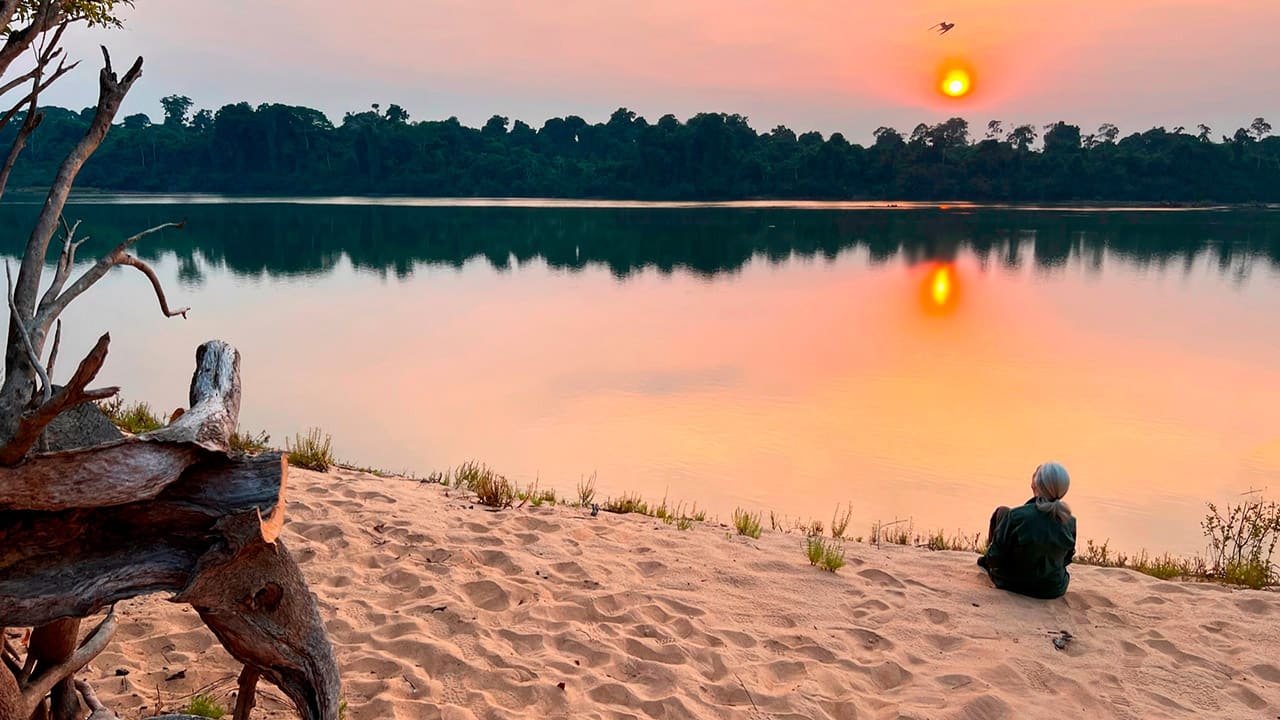
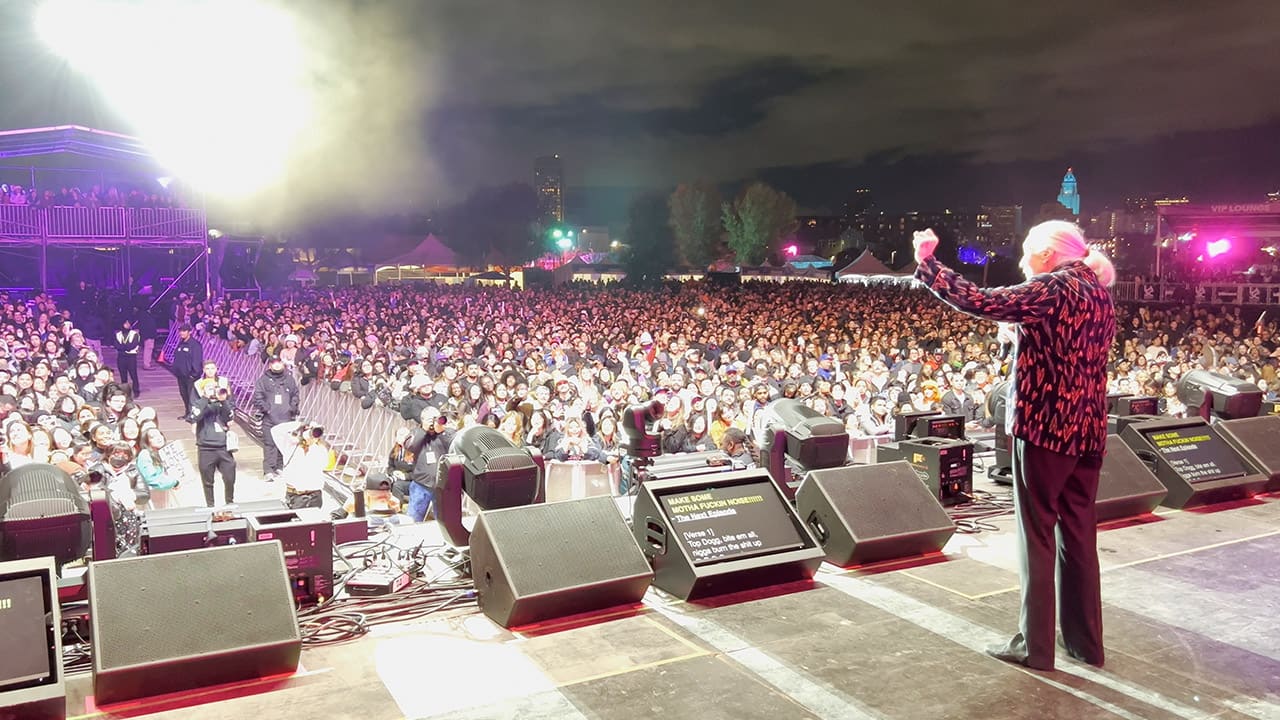
Amazônia (WT) is a powerful documentary that follows Juma Xipaia, a young Indigenous leader from Pará, Brazil, as she fights to protect the Amazon rainforest from destruction. With deep ancestral knowledge and a fierce spirit, Juma unites her people against illegal gold prospectors and devastating fires, standing as a true Guardian of the Forest. Despite facing multiple attempts on her life, she takes her struggle to the global stage, determined to save her homeland. This intimate and emotional film aims to inspire viewers worldwide to join the fight for the preservation of our planet, for the sake of future generations.

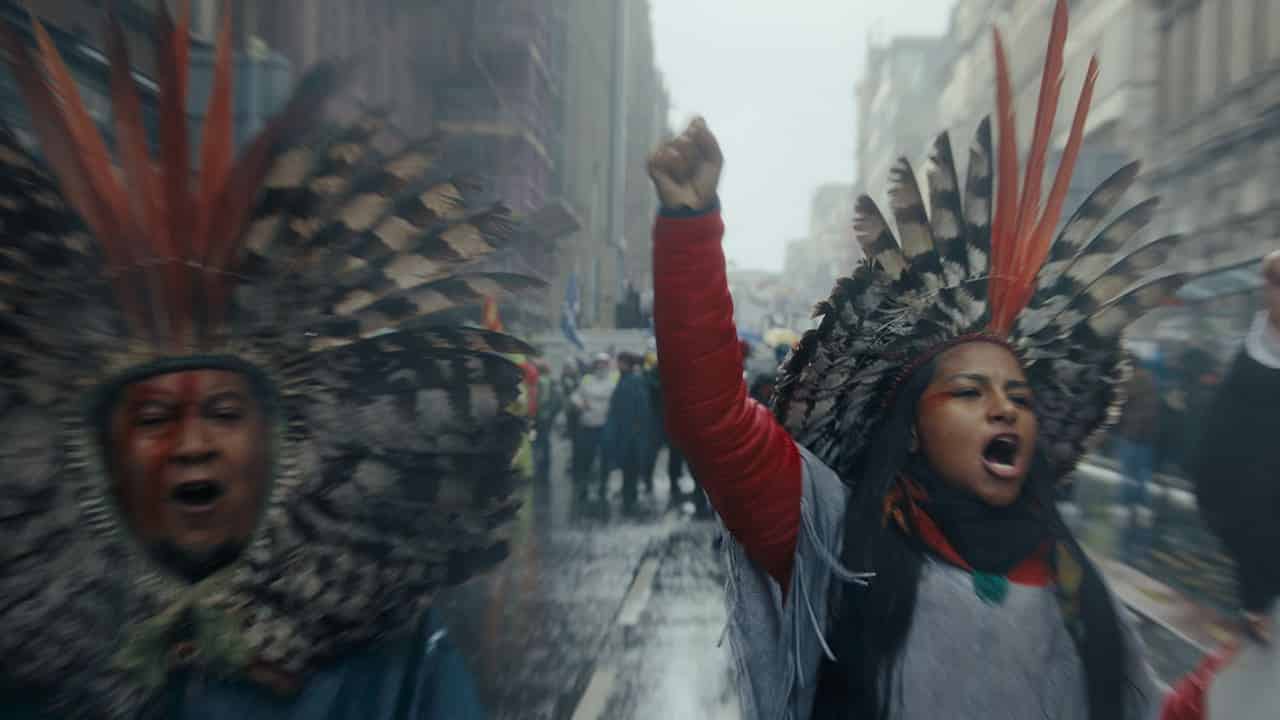

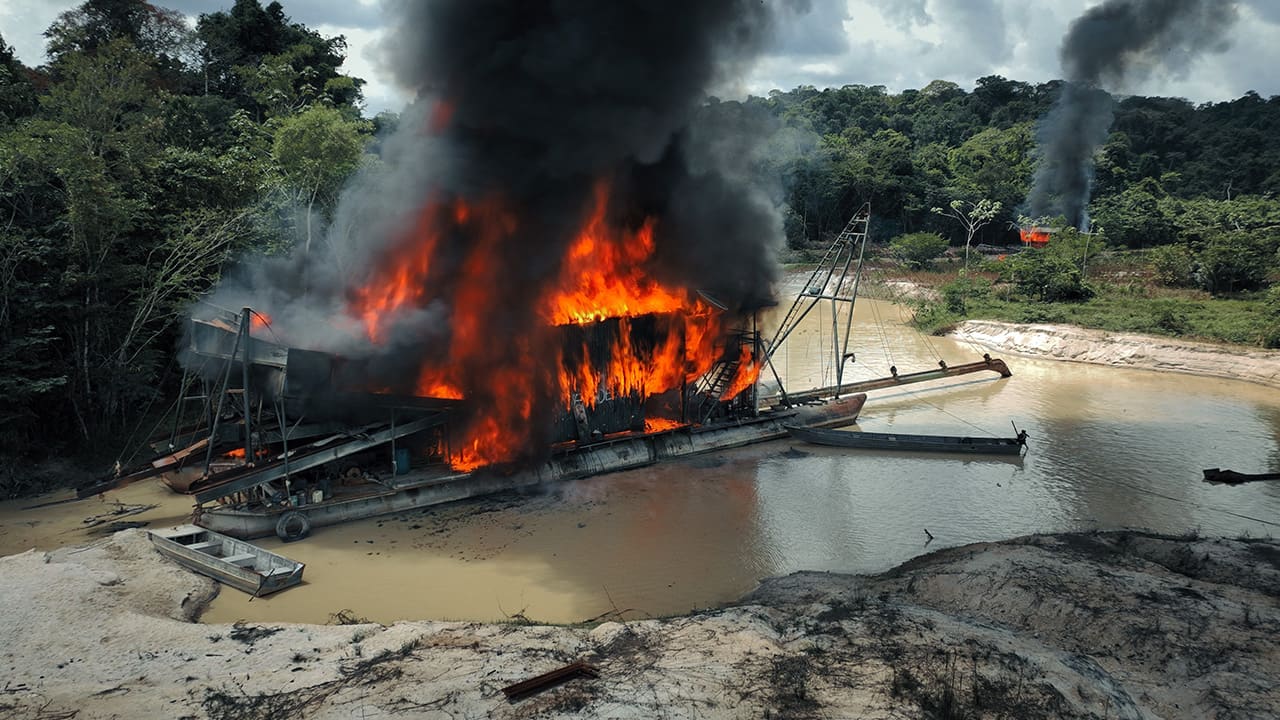
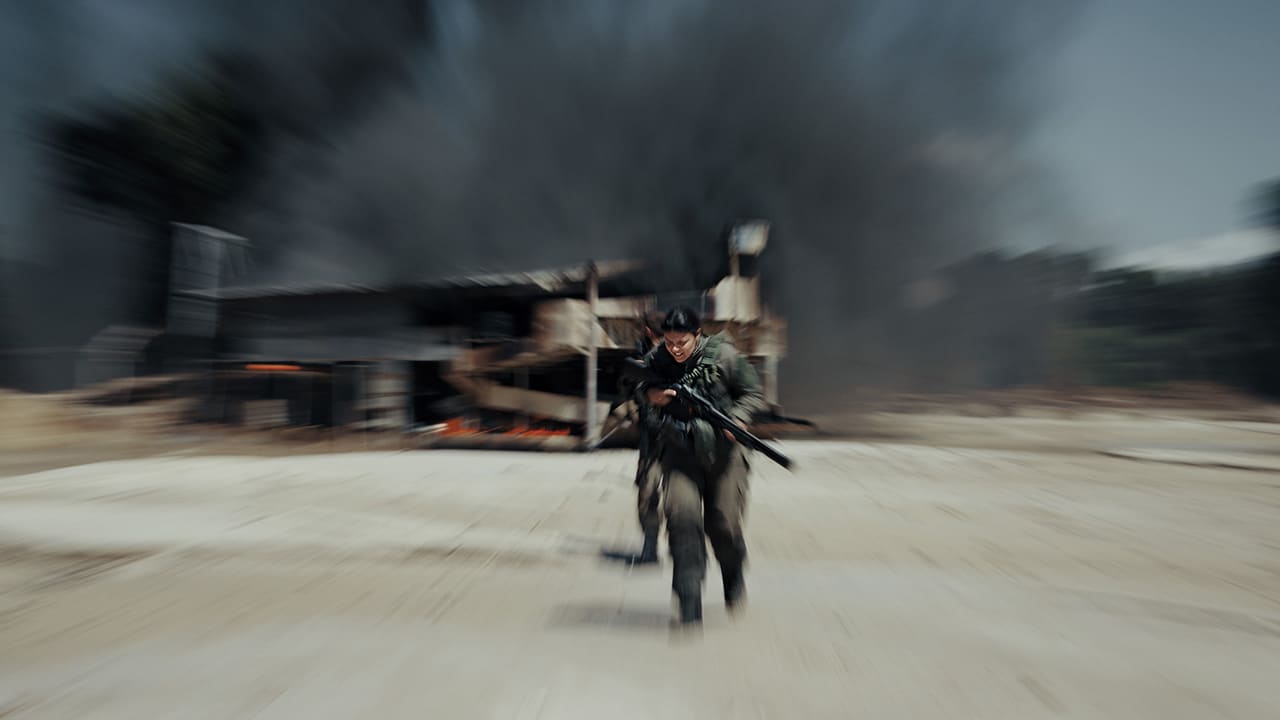


Arctic Ascent with Alex Honnold” is a three-part documentary series on National Geographic that follows climber Alex Honnold and his team as they embark on an expedition to climb a previously unclimbed 4,000-foot sea wall in eastern Greenland. The team, which includes glaciologist Heïdi Sevestre and other experienced climbers, crosses glaciers and ice sheets to reach the climbing site. The expedition serves as a platform to study the impacts of climate change on Greenland’s ice cap, with the team collecting data on the region’s ice sheet depth and density. The documentary highlights the team’s scientific research and their personal reflections on the importance of climate change awareness and the future of the planet.



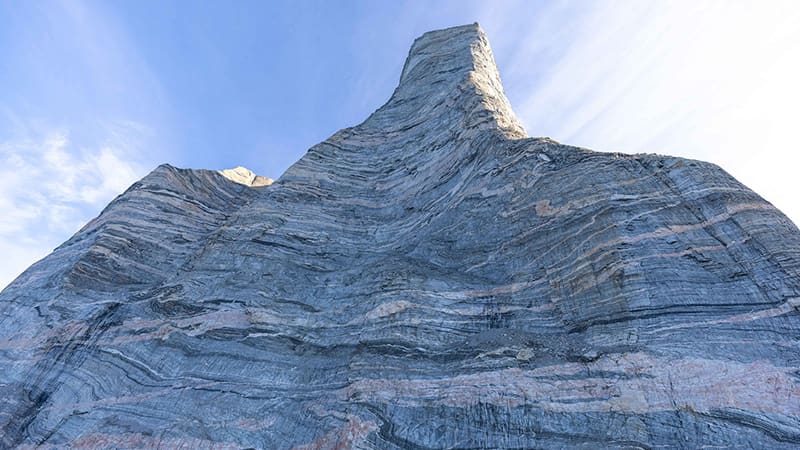
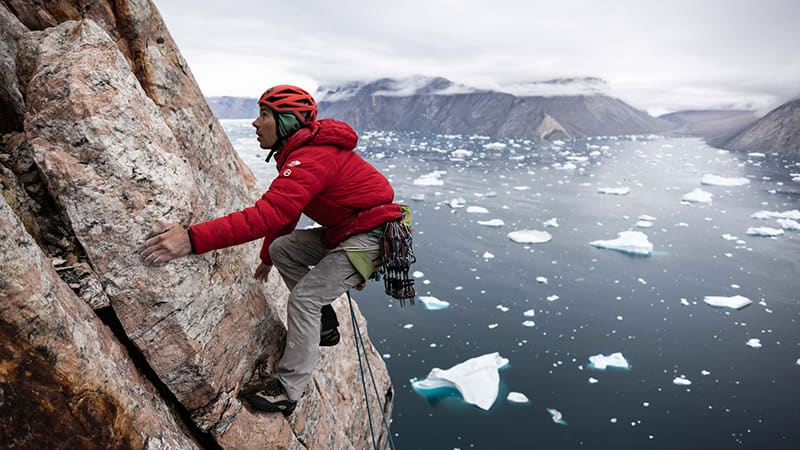
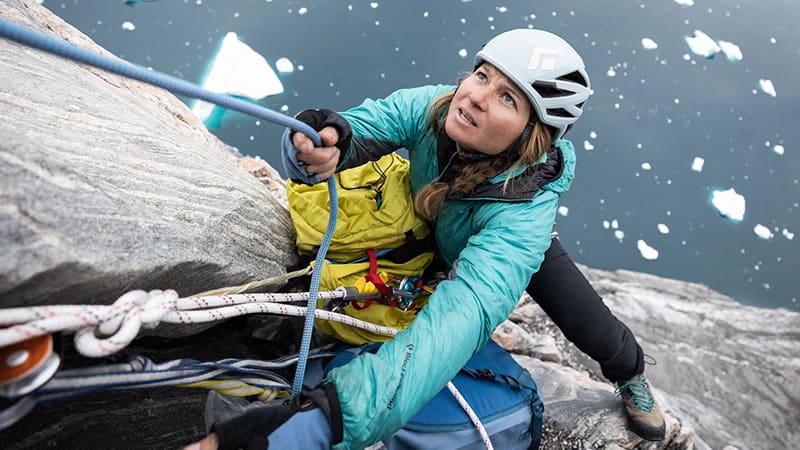
The Mexican Sea of Cortez is facing total collapse because of a war. A war of fishermen, the government, and conservationists against drug cartels and the Chinese mafia. The cause of conflict: the swim bladder of the Totoaba fish, nicknamed the “Cocaine of the Sea”.
The Chinese believe it to have miraculous healing powers, and over the past few years, a multimillion-dollar black market has emerged. The promise of making ridiculous amounts of easy money is driving local fishermen into the arms of ruthless Mexican drug lords. The “El Chapo” of Totoaberos, a heavily armed and dangerous cartel boss, is running a tight network of fishermen, but also controls corrupt officials in the police and the army. Stopping him is almost impossible.
Jacques Cousteau called the Sea of Cortez “The Aquarium of the World”, but now it is being attacked by thousands of illegal gillnets which traffickers use to find the Totoaba, killing everything in their wake. Caught in the eye of the storm is the world’s smallest porpoise, the Vaquita; a subspecies of whales found only here in the Sea of Cortez. So far, all efforts to protect it from the evil forces of money and greed have failed. Without a massive intervention, the Vaquita will very likely go extinct within the next twelve months as less than fifteen remain.
An ambitious plan to catch the last surviving Vaquita and resettle them into a protected sanctuary for rebreeding appears to be their last hope. Nothing like this has ever been attempted before, and there is no telling whether the Vaquita can even survive captivity.
Meanwhile, to alleviate imminent danger, activists from the organization Sea Shepherd are scrambling to pull mile after mile of illegal gillnets from the waters, freeing any surviving entangled animals and destroying the nets. Prone to attacks from angry fishermen, they collaborate with the Mexican navy that is struggling to keep the peace.
As conservationists fight to save this immensely beautiful ecosystem, investigative journalists and undercover intelligence agents are targeting the dealers and traffickers who are the main enablers fueling this trade. Gathering the necessary evidence that will hold up in court to take down the criminal network is a highly dangerous endeavor, involving the infiltration of drug cartels and the Chinese mafia. They are willing to risk their own lives, since this battle is about more than the survival of one species. It is a fight for the value of life, both human and animal, that we need to protect in the 21stcentury.


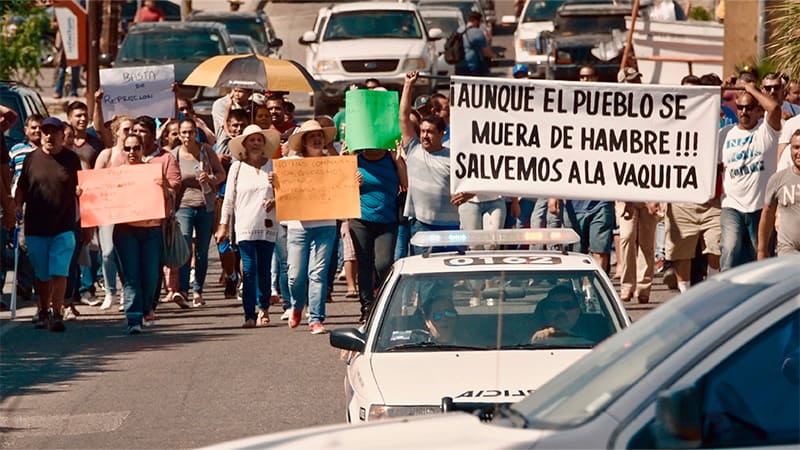
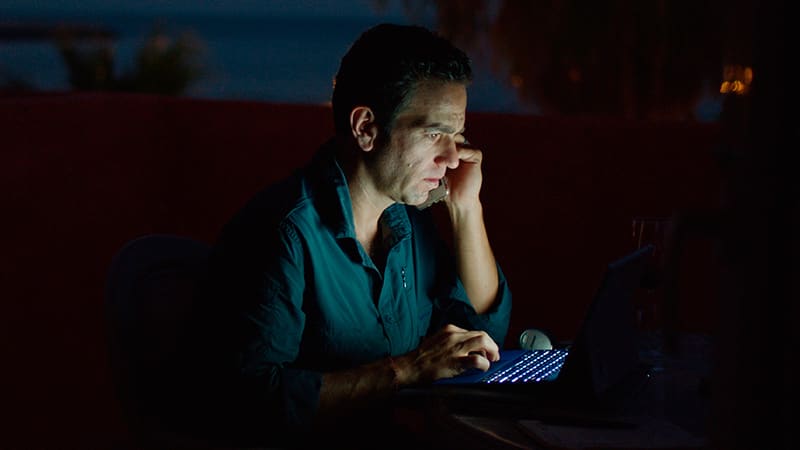
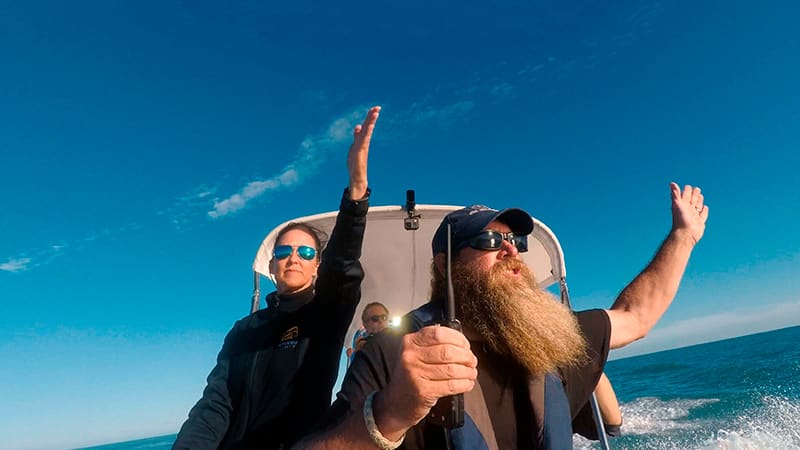
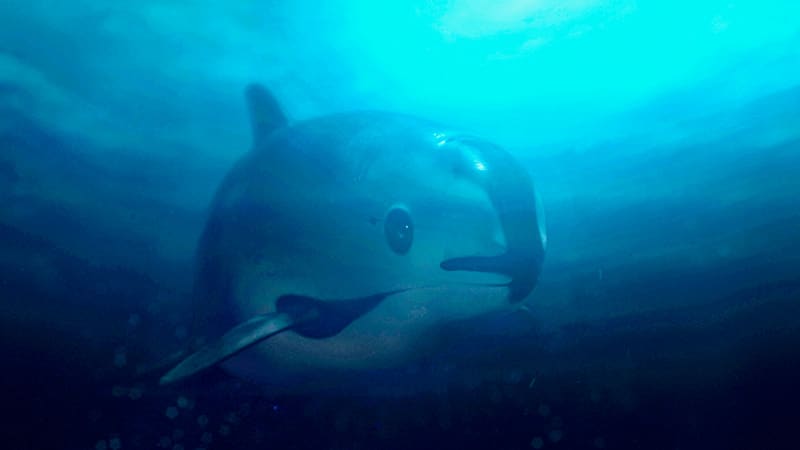
From executive producer Leonardo DiCaprio, The Ivory Game is an epic documentary thriller that goes undercover into the dark and sinister underbelly of ivory trafficking. Award-winning director Richard Ladkani and Academy Award®–nominated director Kief Davidson filmed undercover for 16 months in China and Africa with a crack team of intelligence operatives, undercover activists, passionate frontline rangers and tough-as-nails conservationists, to infiltrate the corrupt global network of ivory trafficking. A production from Terra Mater Film Studios and Vulcan Productions, this stunningly photographed exposé follows poachers in pursuit of the ‘white gold’ of ivory. Ultimately, the film becomes an urgent wake-up call that proves time is running out for the African elephants, dangerously nearing closer and closer to extinction.
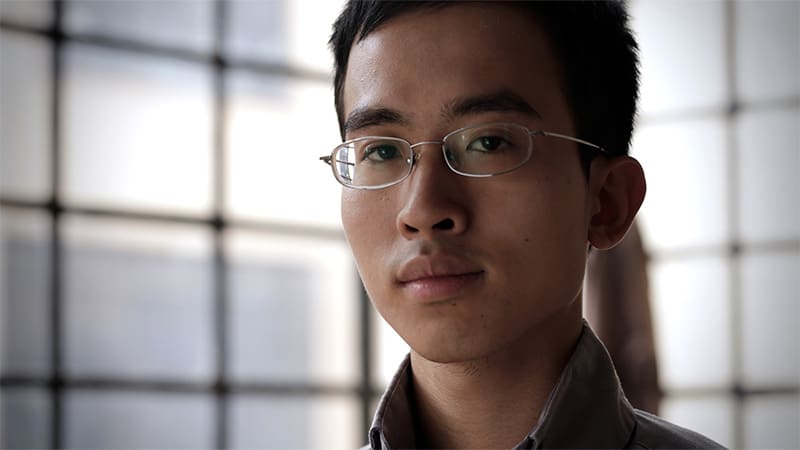
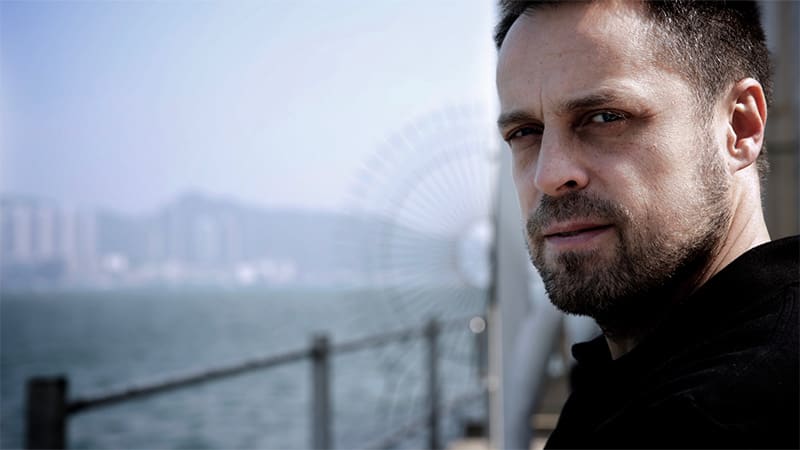
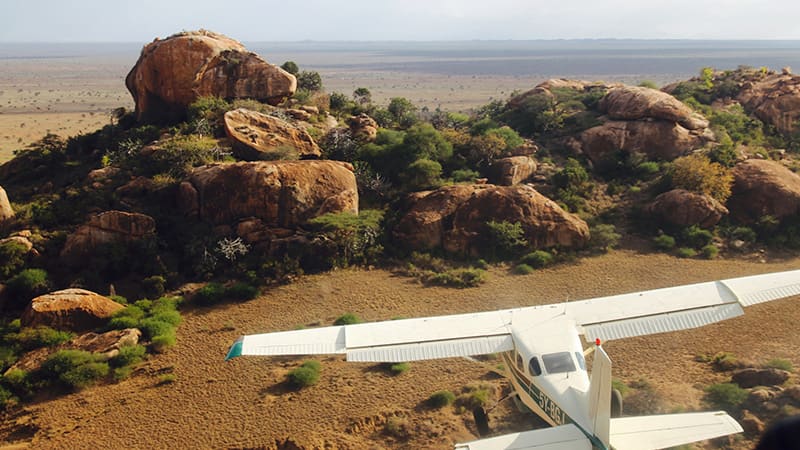
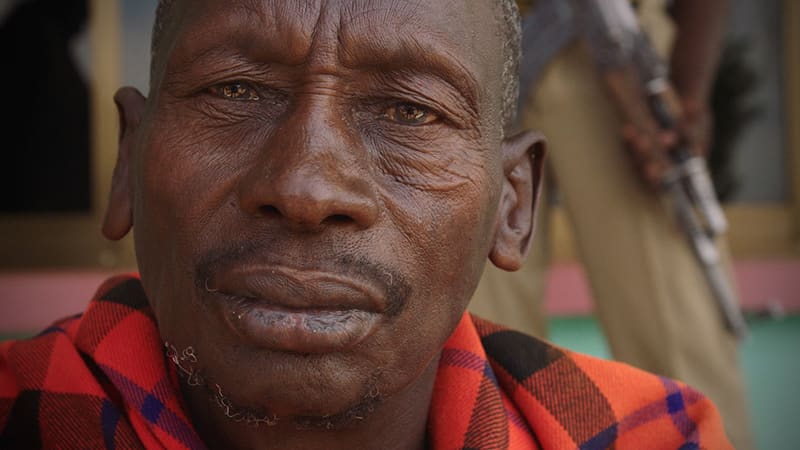
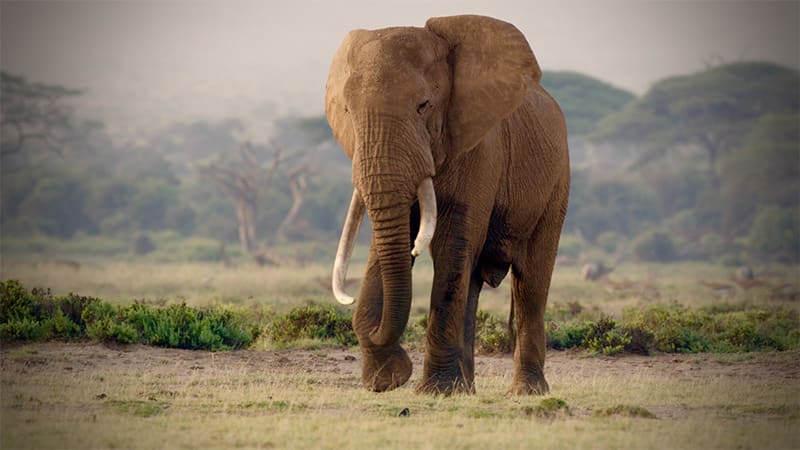
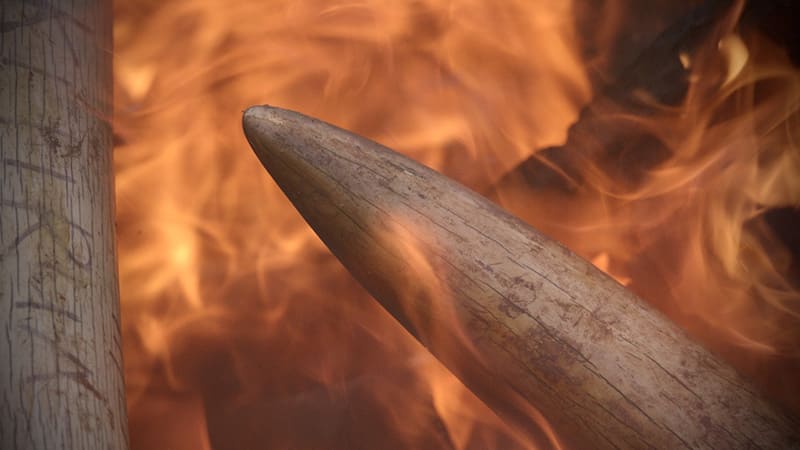
With unprecedented access to the Vatican and the people who live and work there, this film provides unique insight into the heart of the Roman Catholic Church.
Archivists reveal the Vatican’s secrets, including the signed testimony of Galileo recorded by the Inquisition. A Cardinal journeys deep below St Peter’s Basilica to inspect the site claimed to be tomb of the Saint himself, and curators share a private viewing of Michelangelo’s extraordinary decoration of the Sistine Chapel.
An intriguing behind-the-scenes look at the workings of one of the world’s most powerful and mysterious institutions. Focusing on the privileged few who live in the shadow of the pope, this film ventures deep into the secret and hidden world of the Vatican.

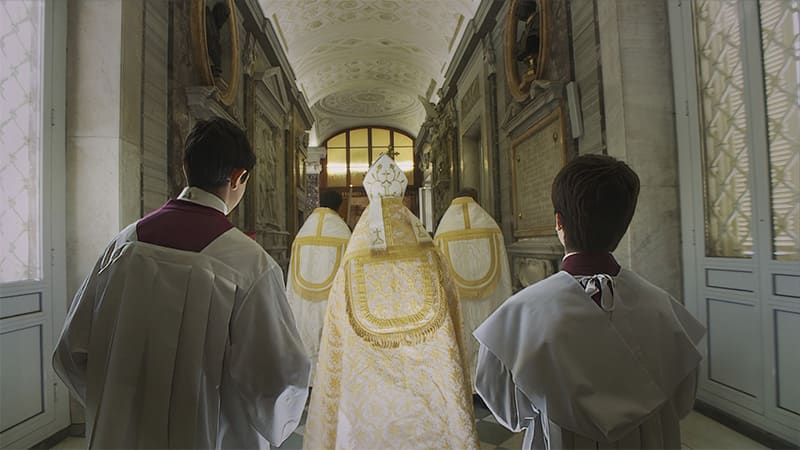
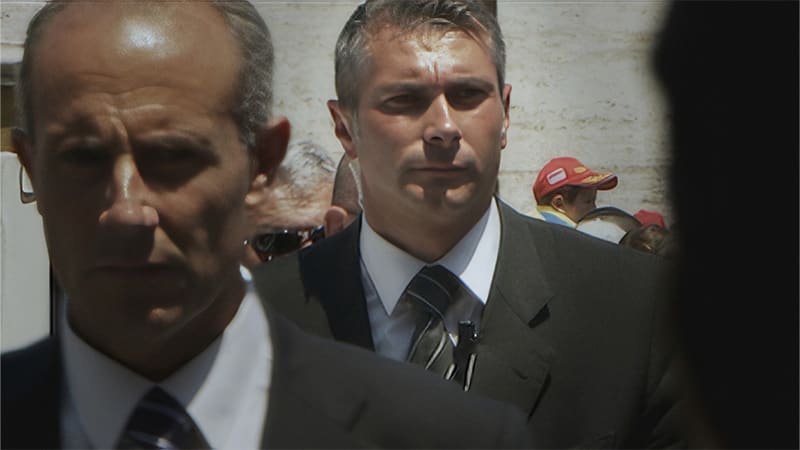
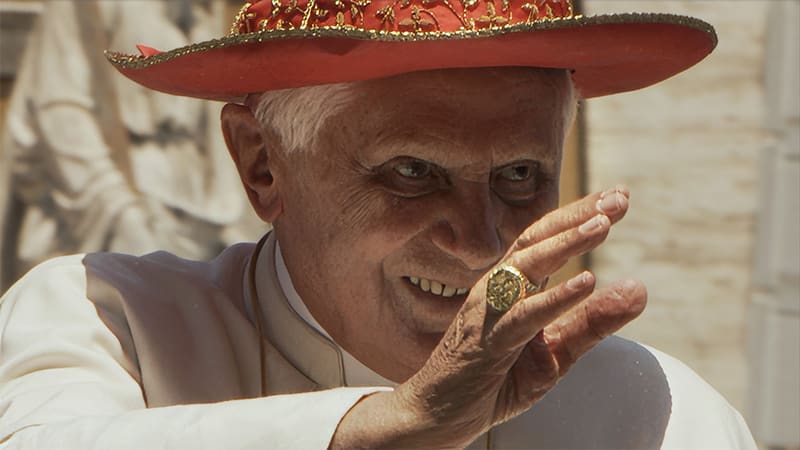
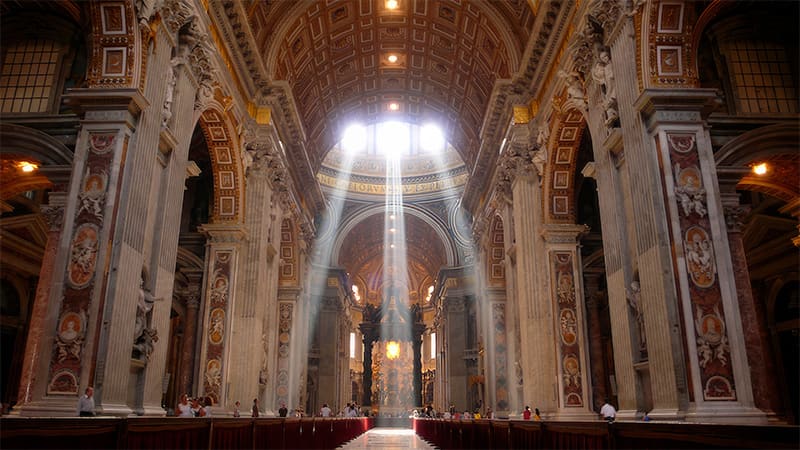
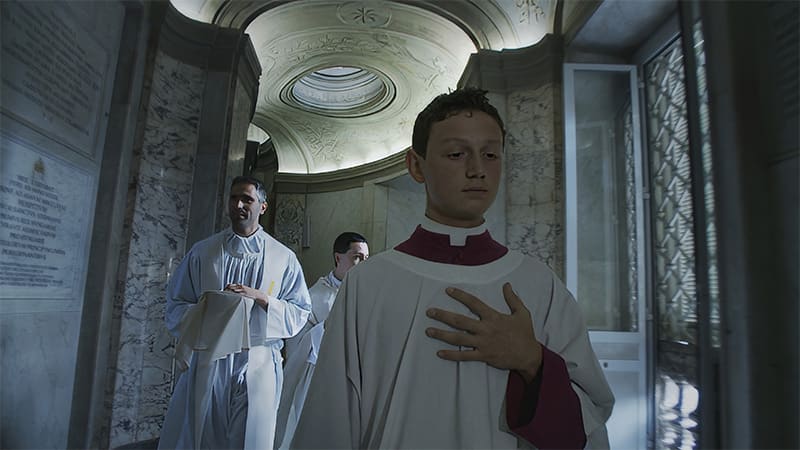
We are dependent on gas. Gas heats our homes. Gas powers our heavy industry. In the near future, we won’t have any alternatives to this limited resource. In Europe, the demand for natural gas will increase significantly until 2030 yet and at the same time its domestic production will decrease. Who will supply us with gas in the future? Whatever we may think of it as an energy source – we need to know the answer. Gas Monopoly is the first feature-length documentary dealing with this hot topic and shows the business in big, strong and spectacular pictures: unknown landscapes, impressing facilities on- and offshore and key players in beautiful and unique rooms.


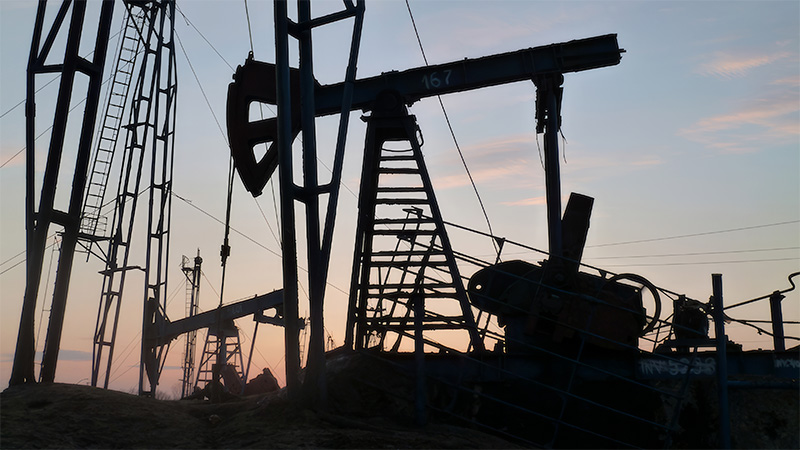



Jane’s Journey is a very personal portrait of the world famous primate researcher and UN Peace Messenger Jane Goodall. Over the course of her life she spent 30 years studying the behavior of chimpanzees in Gombe National Park, Tansania. In the 70′ s she was the first to discover that chimps used tools to hunt, something only humans were thought capable of. She found proof that chimps are the closest living relatives of mankind. Jane regularly returns to Gombe but wit her 74 years of age, she today travels 300 days a year to inspire people around the world to live a more ecologically sustainable life.
Her mission is to educate people that our planet has limited resources and that we can’t keep abusing it as we have been for the past decades. The film follows her on her journeys across the world, painting a most personal portrait of a woman who’s set out to save the planet for our children.
Goodall has received many honors for her environmental and humanitarian work. In April 2002, Secretary-General Kofi Annan named Dr. Goodall a United Nations Messenger of Peace. Her other honors include the French Legion of Honor, Medal of Tanzania, Japan’s prestigious Kyoto Prize, the Benjamin Franklin Medal in Life Science, and the Gandhi-King Award for Nonviolence. She is also a member of the advisory board of BBC Wildlife magazine.
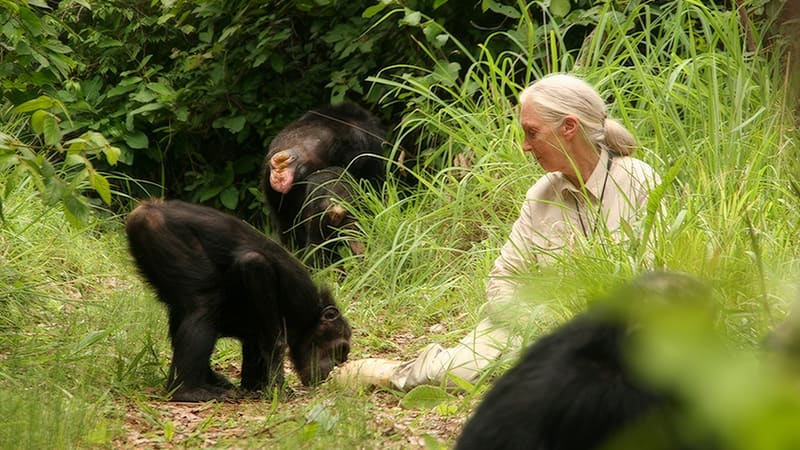
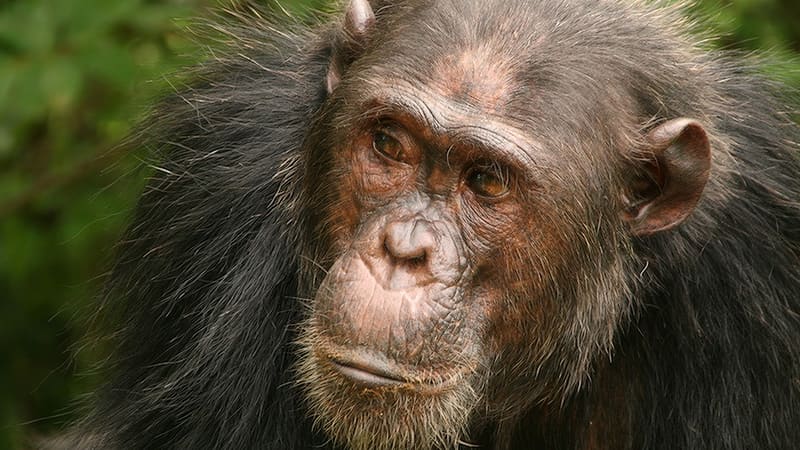
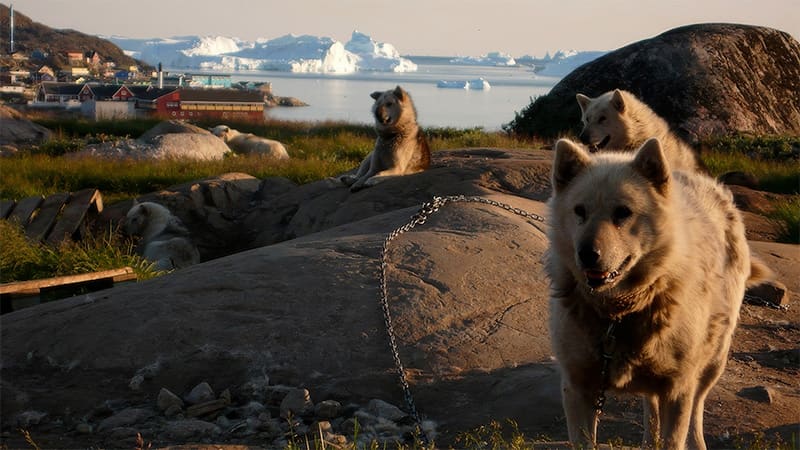
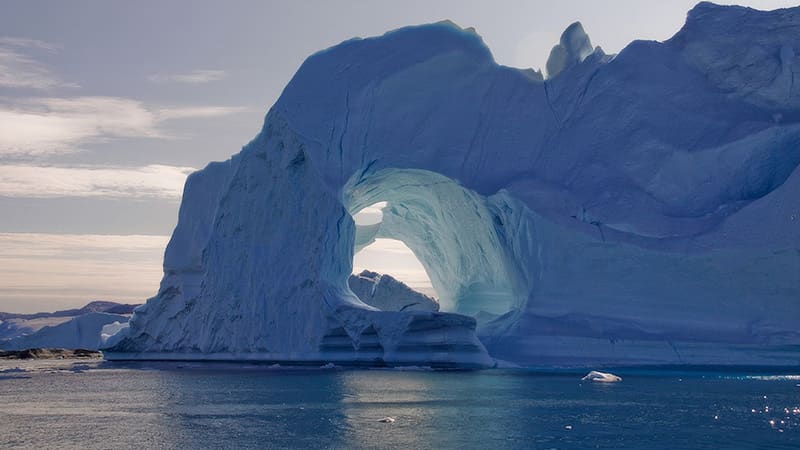
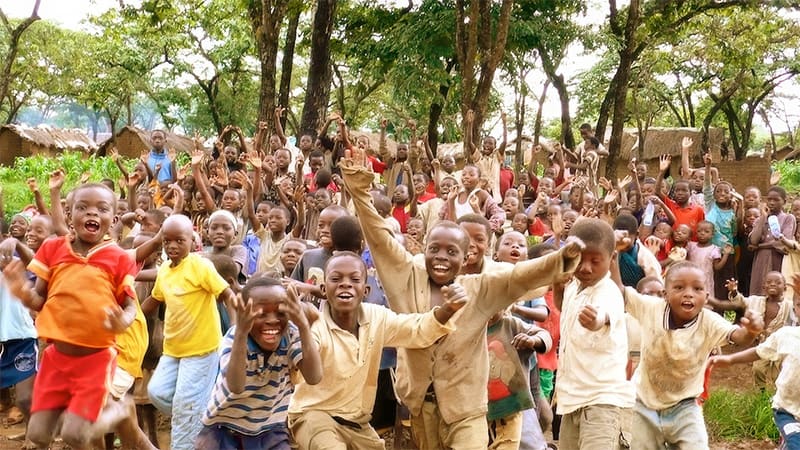
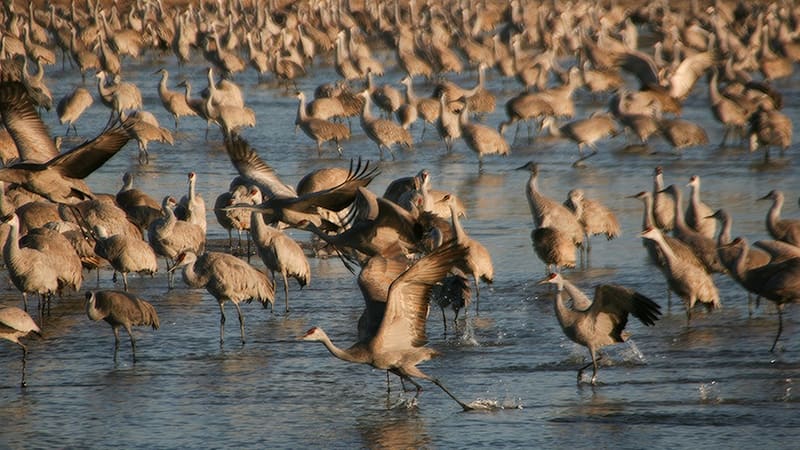
In 1911, the ultimate race between English nobleman Robert Falcon Scott and Norwegian adventurer Roald Amundsen wrote history. It was the dramatic attempt to claim one of the last frontiers of mankind: the South Pole.
This film recounts this tragic adventure of life and death in the most accurate detail. Starring Jan Messutat and Mike Hoffmann as Scott and Amundsen this film was shot on an Icelandic glacier under the most extreme conditions of snowstorms with winds reaching up to 100km/h. On some days production became almost impossible, challenging crew and equipment to the max.
Yet, very high-end cameras like a RED-MX, and EX3-Nanoflash Combo including crane, remote head and steadycam were used to make this film a visual experience one may never forget.
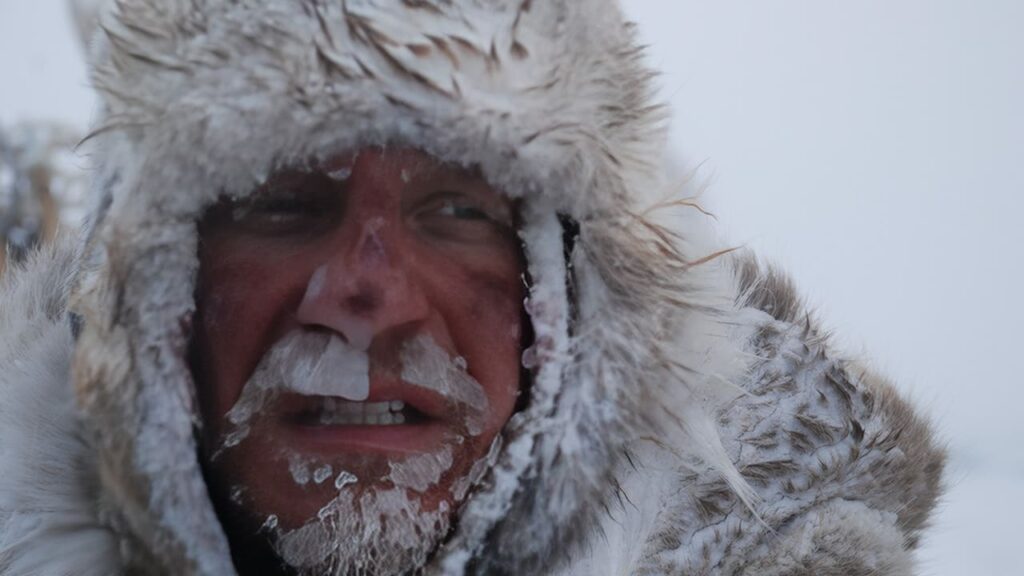

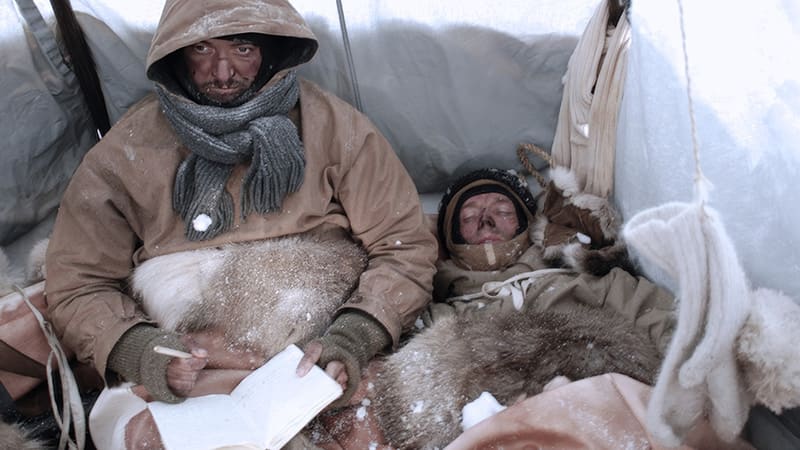

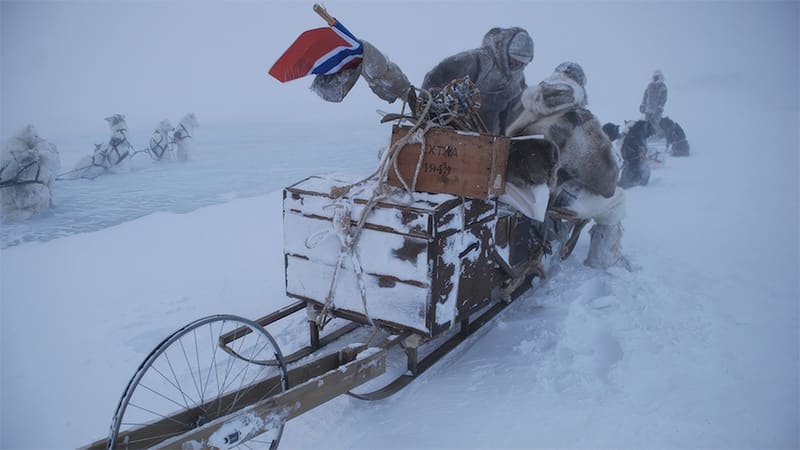


After 30 years of conspiracy theories and myth making, this film uncovers the story of the CIA’s most extensive clandestine operation in the history of modern warfare: The Secret War in Laos, which was conducted alongside the Vietnam War. In Key players of the secret war – CIA agents, pilots, Laotian and Thai fighters – take us into the physical heart of the conflict: Top secret airbase of the CIA “Long Cheng”.
The filmmakers are the first westerners to return to this mysterious place in 30 years. This film is the uncovering of the largest and one of the most deadly airwars in human history. By what means did the CIA pull off this war entirely unknown to US Congress and the world’s public for so many years?
While we delve into the heart of the conflict, the film develops an overview of US geopolitics of the era. Never before seen private archive material of the war and exclusive new footage from Long Cheng illustrate an audacious and tragic chapter of US history that cost hundreds of thousands of lives.

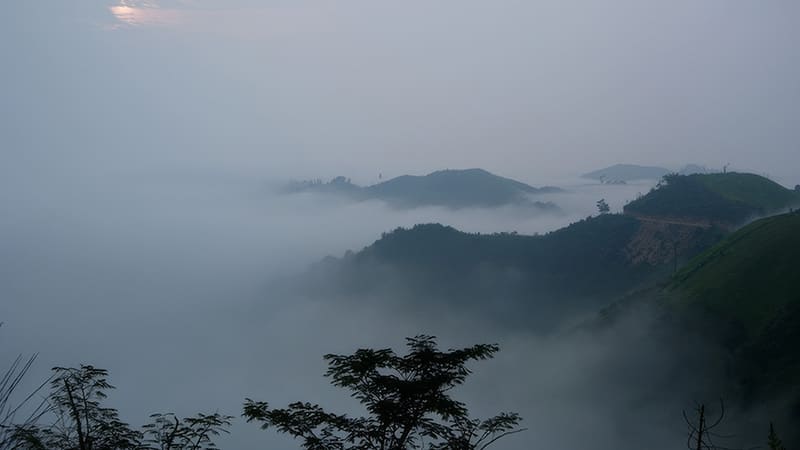
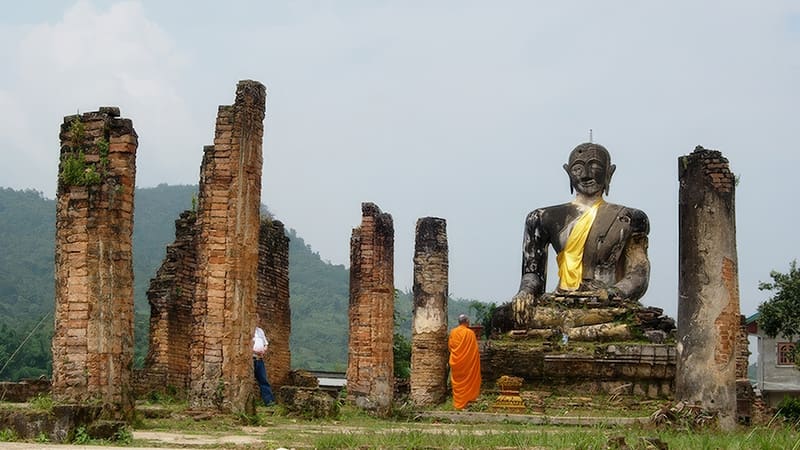

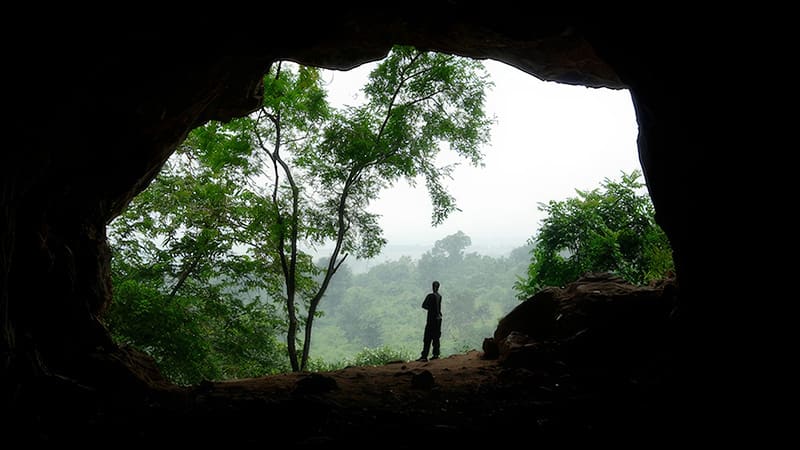
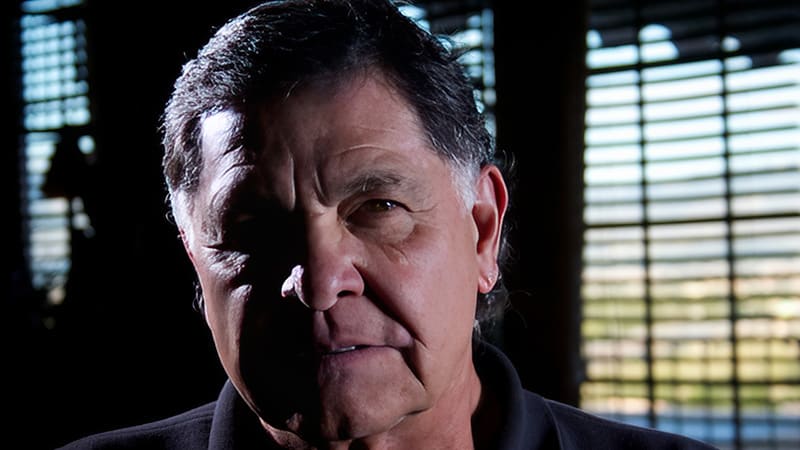

Lachsen’s biggest dream is that his son Mohammed will one day follow in his footsteps and become a renowned and proud “fantasia” rider. It is the pride of a generation to be part of such a riding group and people from around the country travel great distances to see the riders challenge each other.
But for Lachsens’ dream to come true he has to find the money in order to buy his son a stallion horse. Not an easy challenge as these powerful horses are expensive and rare. He decides to travel to the infamous film city of Quazarzate in order to find himself a job as a stunt rider. An adventurous journey as Lachsen has never left his valley in the Middle Atlas mountains before…
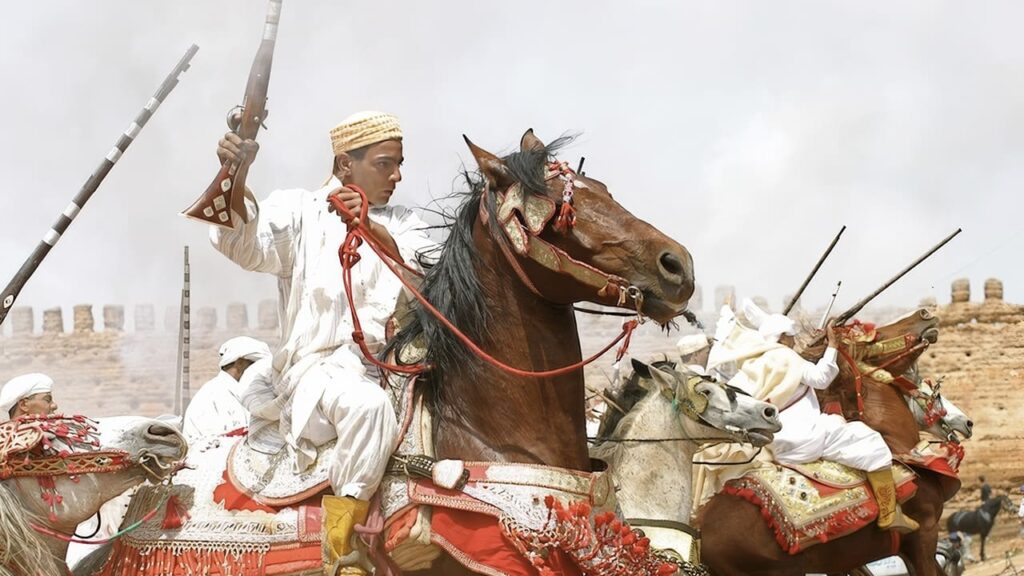
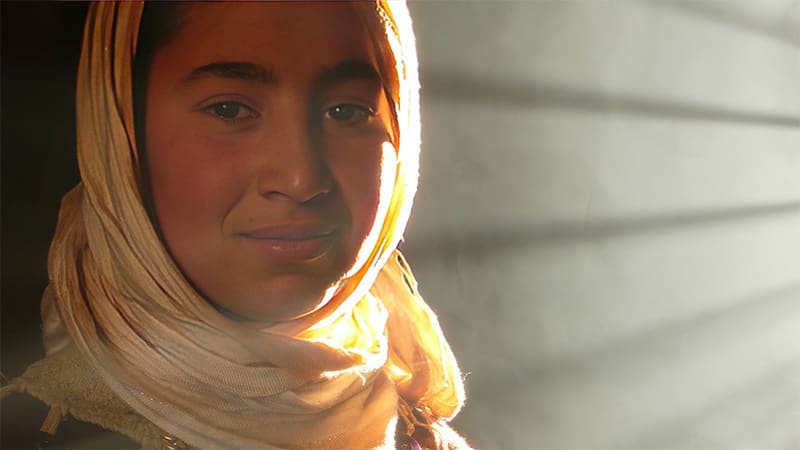
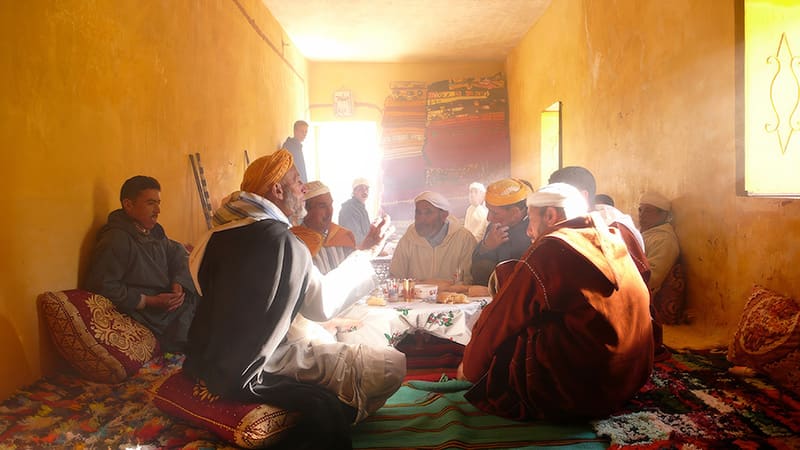



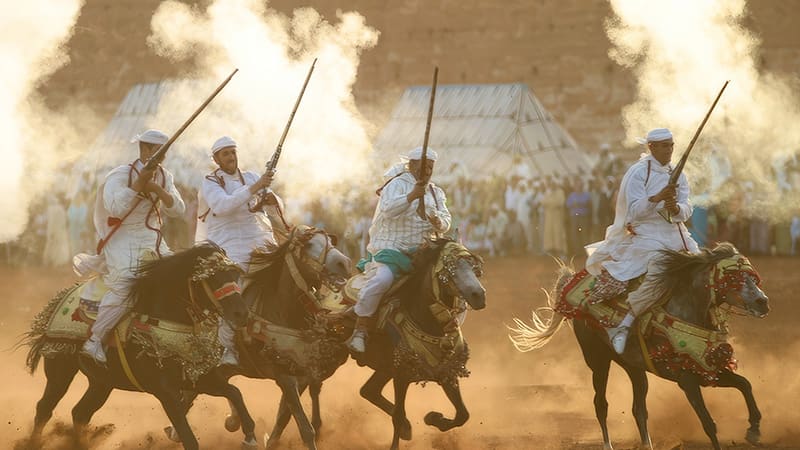
A Powerful Noise: The impact of one voice. The power of many.
Hahn is an HIV-positive widow in Vietnam. Nada, a survivor of the Bosnian war. And Jacqueline works the slums of Bamako, Mali. Three very different lives. Three vastly different worlds. But they share something in common: Power. These ordinary women are each overcoming deep-seeded gender barriers to rise up and claim a voice in their societies. Through their empowerment and the ability to empower others, Hahn, Nada and Jacqueline are sparking remarkable and unprecedented changes. Fighting AIDS. Educating girls. Rebuilding communities.
Through compelling verite’-style narratives, A Powerful Noise takes you inside the lives of these women to witness their daily challenges and their significant victories over poverty and oppression. Their stories are both personal and unique, yet illustrate larger issues affecting millions of marginalized women worldwide. A Powerful Noise is a meditation on the inherent potential of women to change the world.
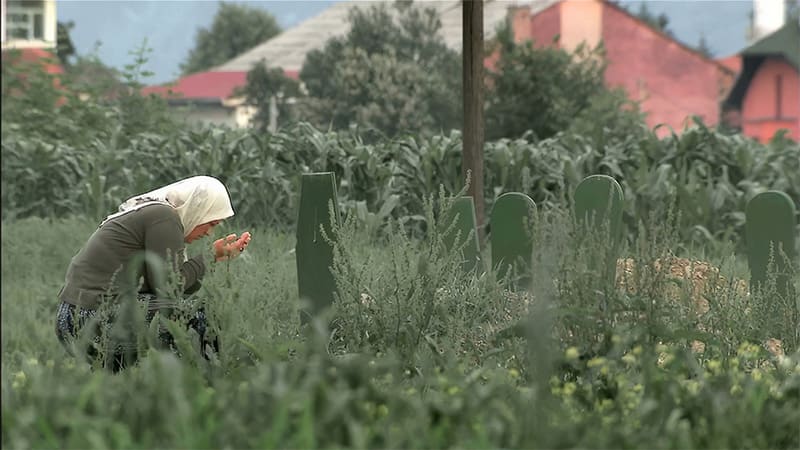

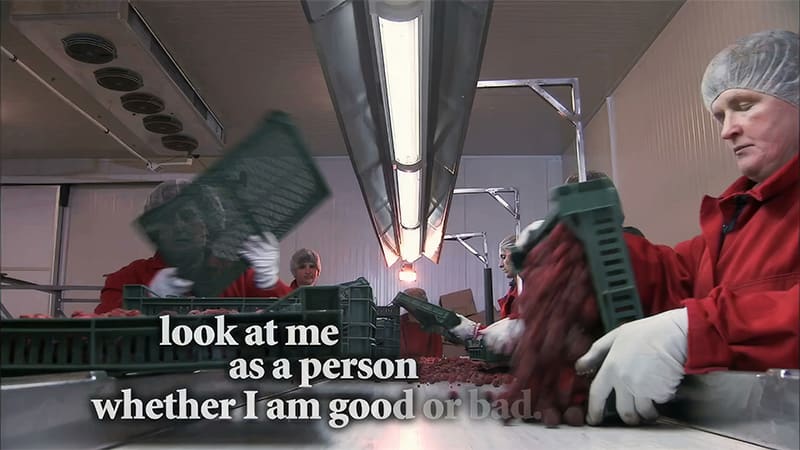

The Bolivian nomadic healers of the Kallawaya people also call their country “Kallawaya” – the doctors’ land. Many famous medicine men were raised here. Until this very day, the Kallawaya practice their ancient shamanian healing skills on their walk-abouts through all of South America. Their concept of the world that dates back to ancient times even before the Inca Empire, is a complex cosmology of myths, rituals and a profound knowledge of the healing powers of plants, animals and minerals.
Aurelio, one of the last Andian healers, decides to instruct his oldest son Cerilo in the art of healing. However, not everyone has the gift to become a medicine man. Cerilo’s first long journey to the Inca stronghold on the Machu Picchu mountain will prove whether he is meant to become one of the few true Kallawayan healers.


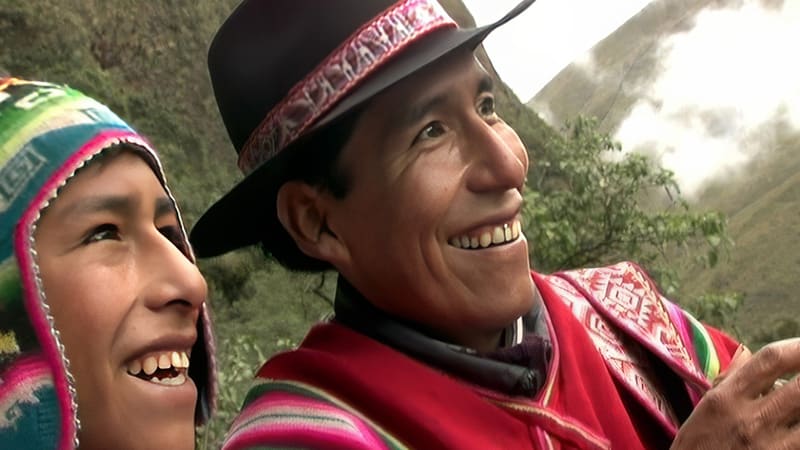
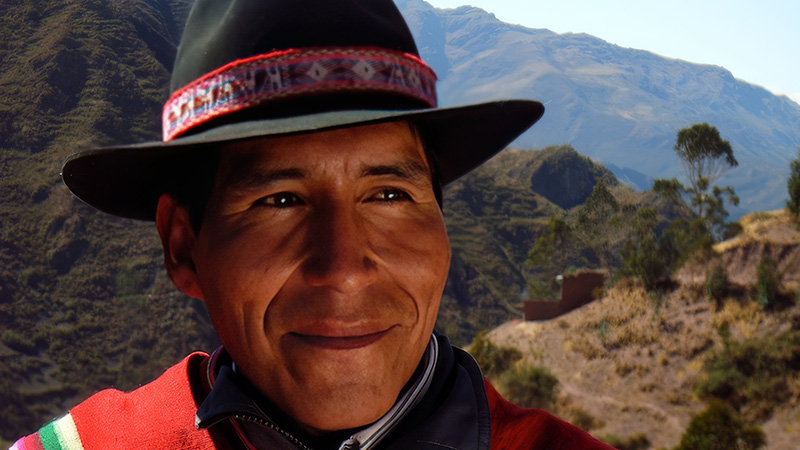
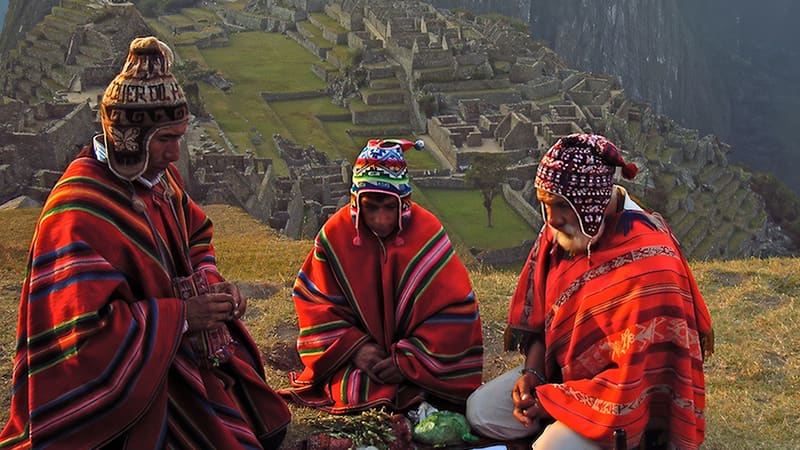
Samarkand – Like no other city along the legendary silk road does it symbolize the magic of the orient. This desert city is the destiny for pilgrims from all over Uzbekistan. Amongst them are also Kodir Bekmurodow and his daughter Zümbüla. She ist the youngest of seven children and shall soon be married. But the 17 year old has her own ideas of marriage and is secretly in love with a young horse rider.
This documentary is told through her eyes, tells of her dreams and longings and follows Zümbüla through everyday life. This life is dominated by the upcoming Buzkashi Horseriding games, by a strict separation between men and women and by a mysterious belief in shamanism. Her 73 year old father will take her on a pilgrimage to Samarkand fulfilling his lifelong dream of seeing the ancient city. Zümbüla should also see this legendary place along the silkroad before she will soon get married.
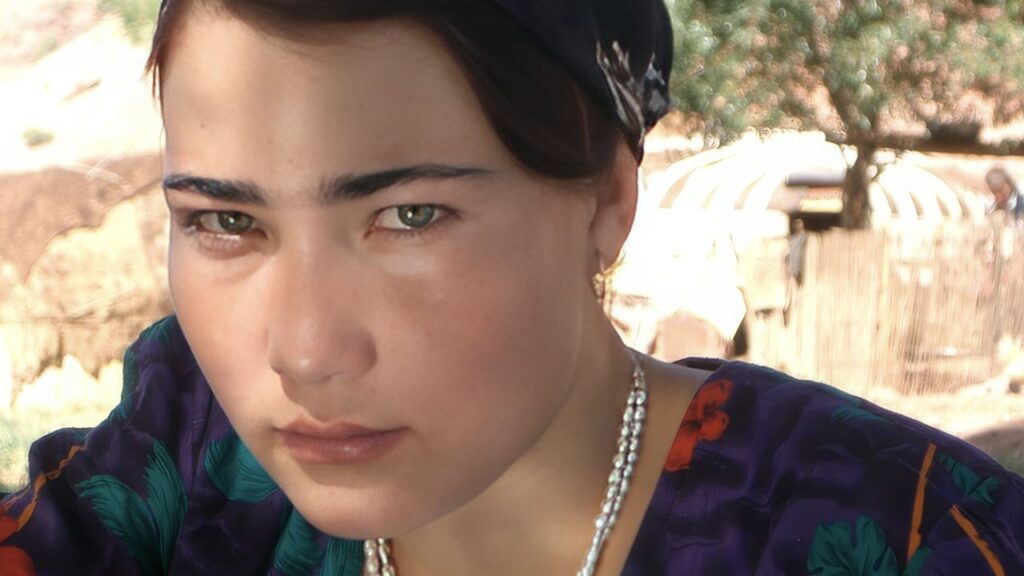
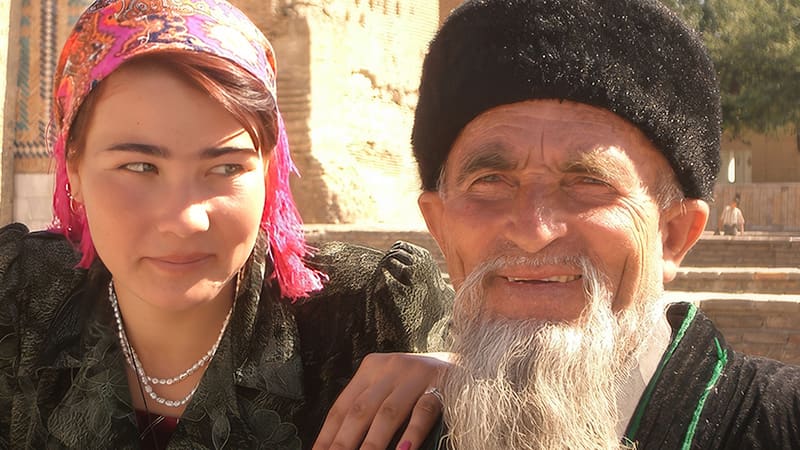


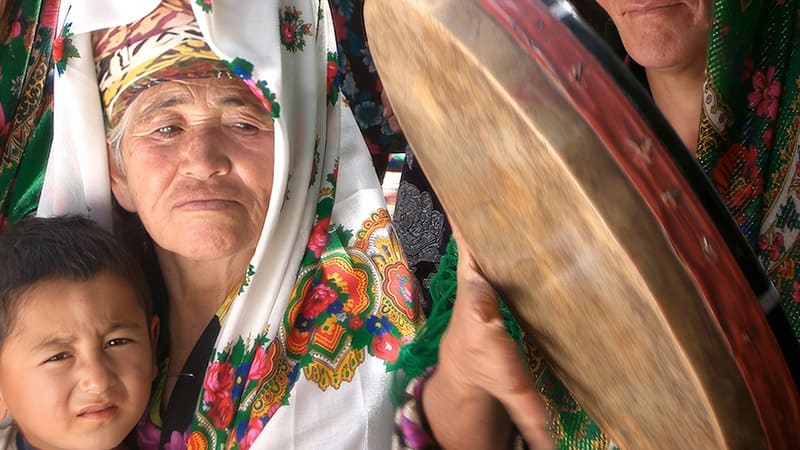
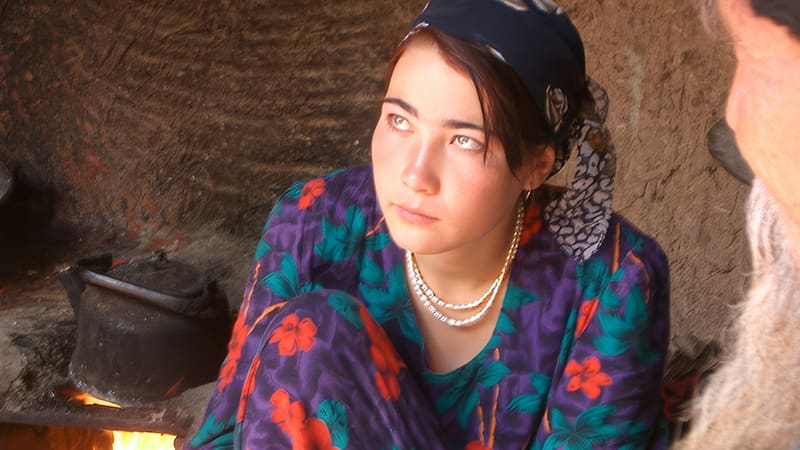
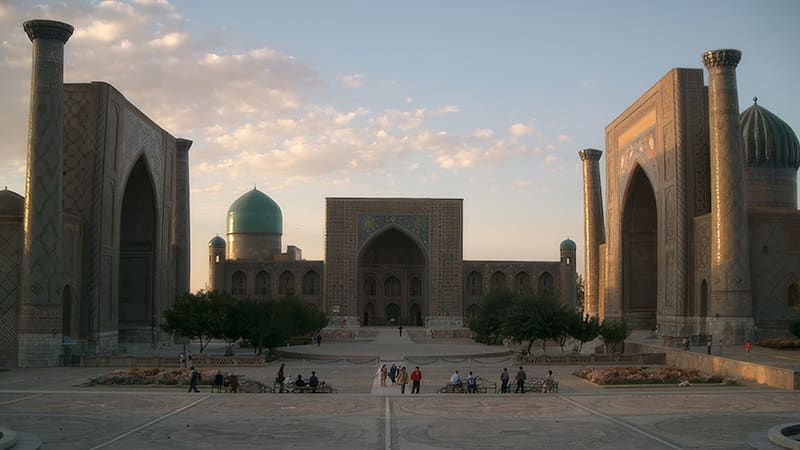
At the end of the second world war, tens of thousands of former Nazi soldiers joined the French Foreign Legion to escape the grim aftermath of defeated Germany. They were sent to an exotic far away world unknown to them – Indochina.
Soon after the Great Indochina war broke out in 1954, the new paradise turned into an inferno. The great battle of Dhien Bien Phu, where one million north Vietnamese fought about 70.000 foreign legionaires became known as one of the most brutal of all times.
Today, a handful of surviving soldiers recount the dramatic years that led them from the ruins of Germany to the green hell of Indochina. Most look back with a light heart calling them the best years of their life, others feel remorseful of having sold their souls to the legion.
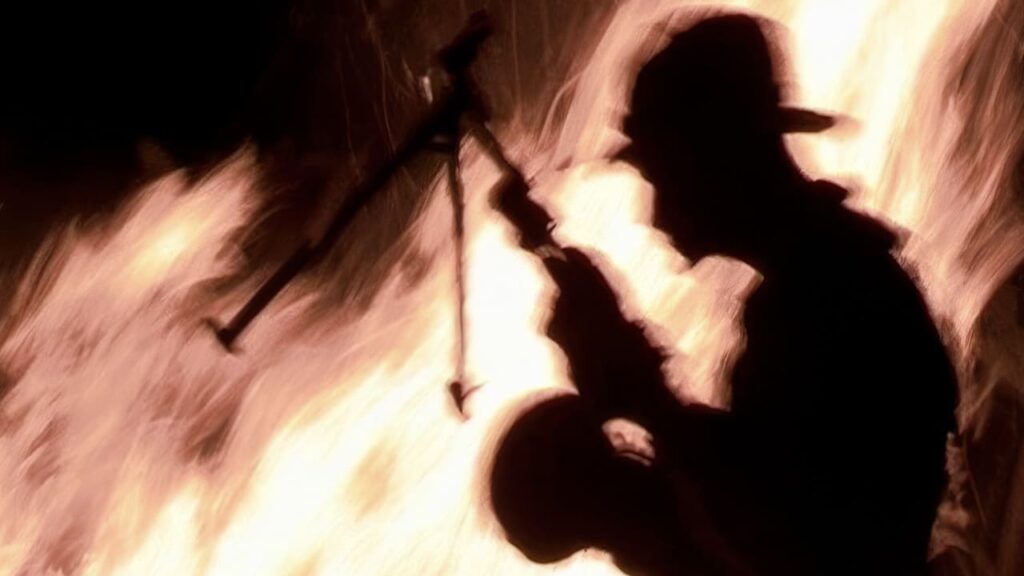
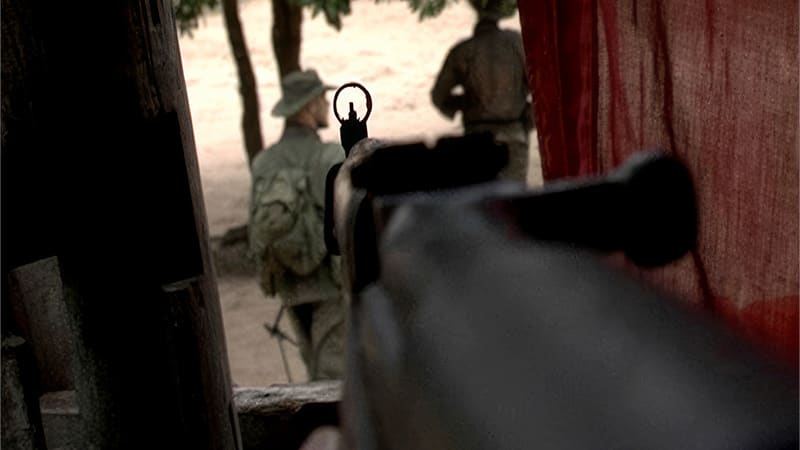
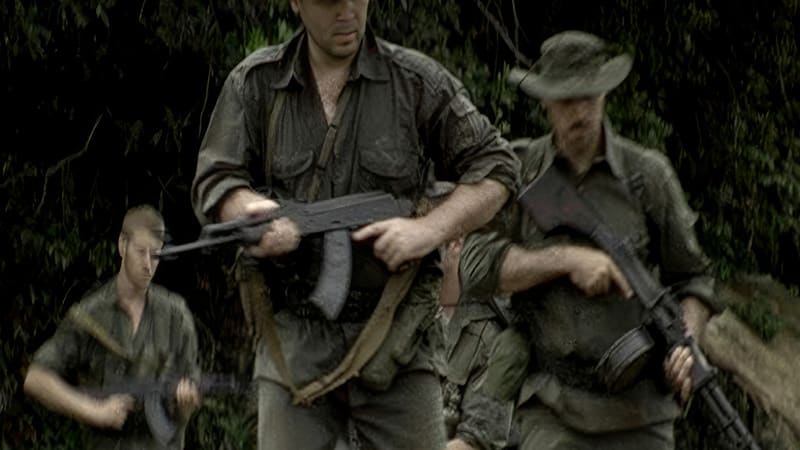


“Straight as an arrow filmmaking raises this film above the crowd”, Variety Magazine
“A harrowing journey through hell on earth”, New York Times
“The Devil’s Miner” is the story of 14 year-old Basilio Vargas and his 12 year-old brother Bernardino, as they work in the Bolivian silver mines of Cerro Rico, which date back to the sixteenth century. Through the children’s eyes, we encounter the world of devout Catholic miners who sever their ties with God upon entering the mountain. It is an ancient belief that the devil, as represented by hundreds of statues constructed in the tunnels, determines the fate of all who work within the mines.
Raised without a father and living in virtual poverty on the slopes of the mine with their mother, the boys assume many adult responsibilities. They must work to afford the clothing and supplies vital to their education. Basilio believes only the mountain devil’s generosity will allow them to earn enough money to attend the new school year. Without an education, the brothers have no chance to escape their destiny in the silver mines.
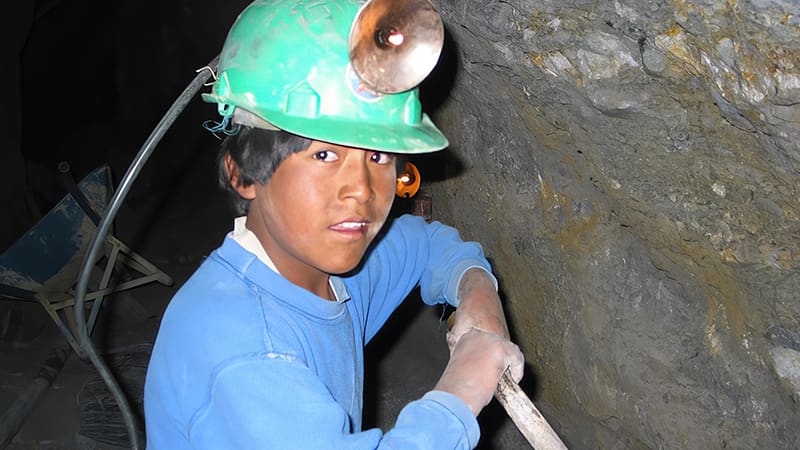
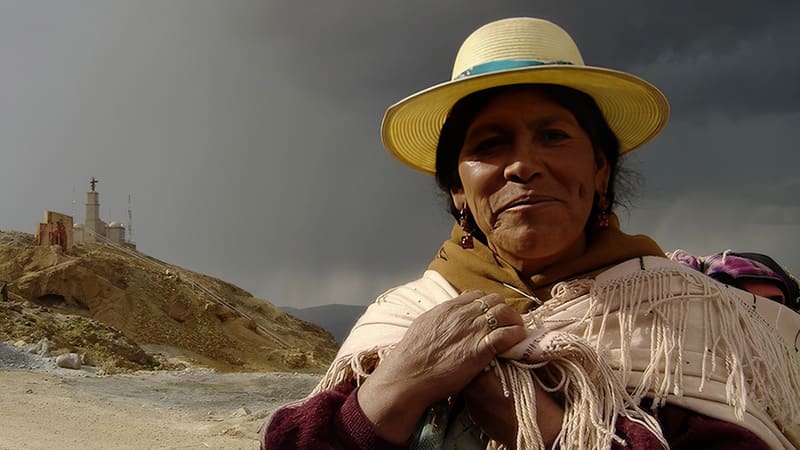

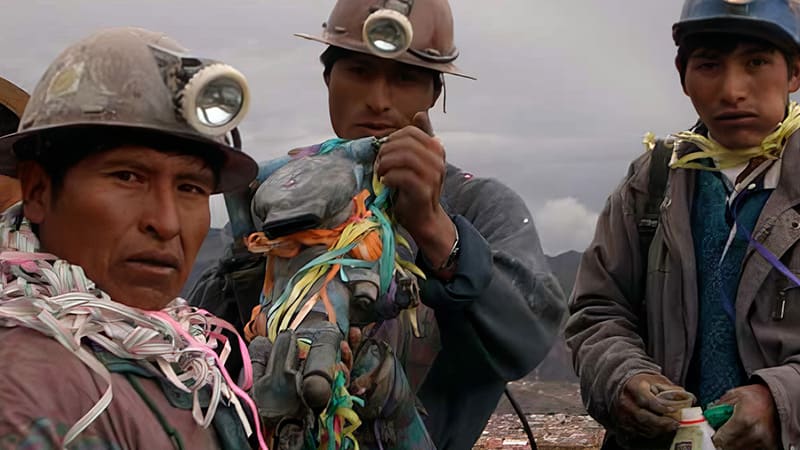

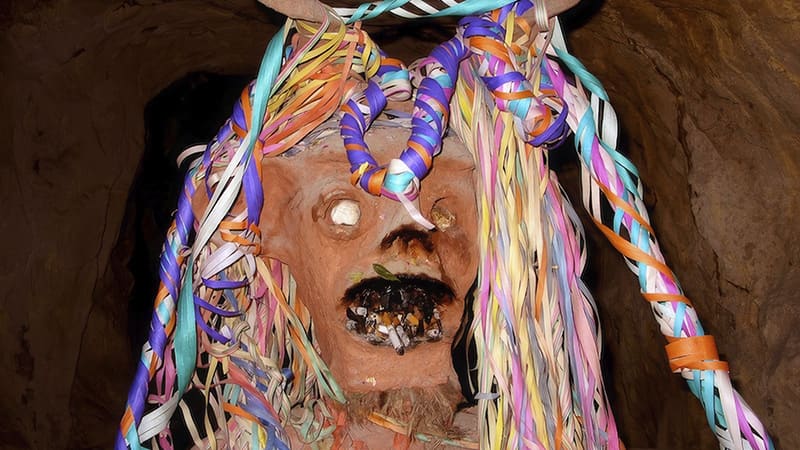
Minh Khai Phan Thi, a German born actress travels to Vietnam in search for her own past and identity. It is a confrontation with her own biography: daughter of Vietnamese immigrants who themselves have escaped the war and its aftermath, she was raised between two cultures and has never really had a place she called home.
This film shows her own personal view on Vietnam as a German as well as a Vietnamese. The result is a compelling portrait of her country and her people, especially her family who she visits in Saigon during the Vietnamese New Year Celebrations of “Tet”.
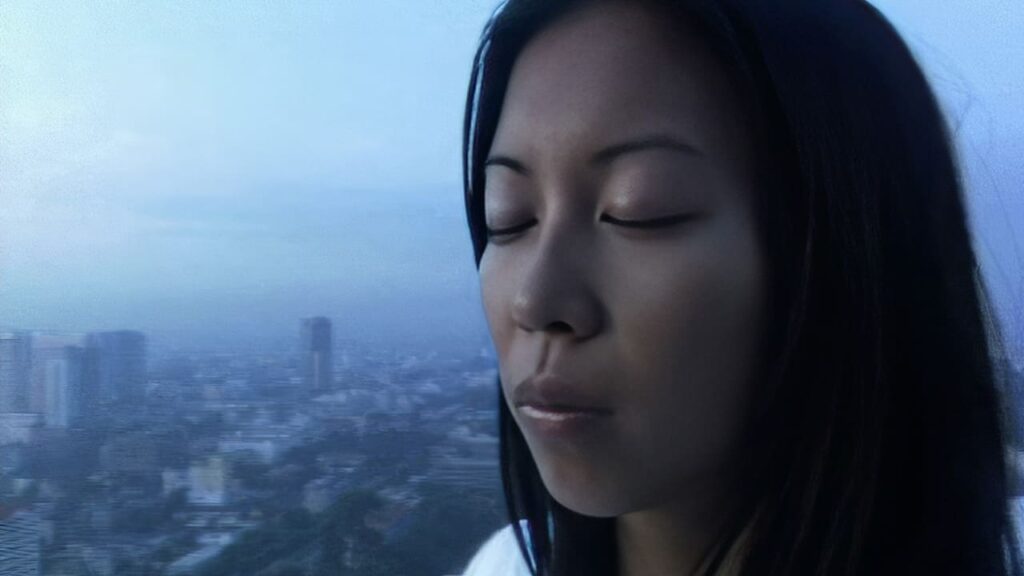
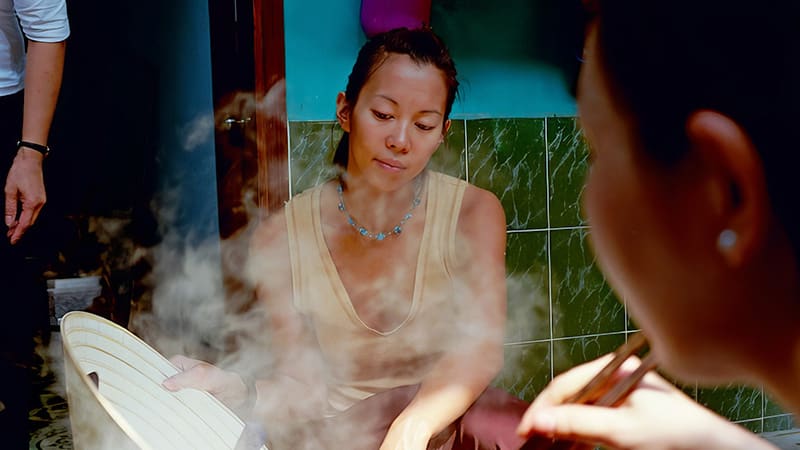
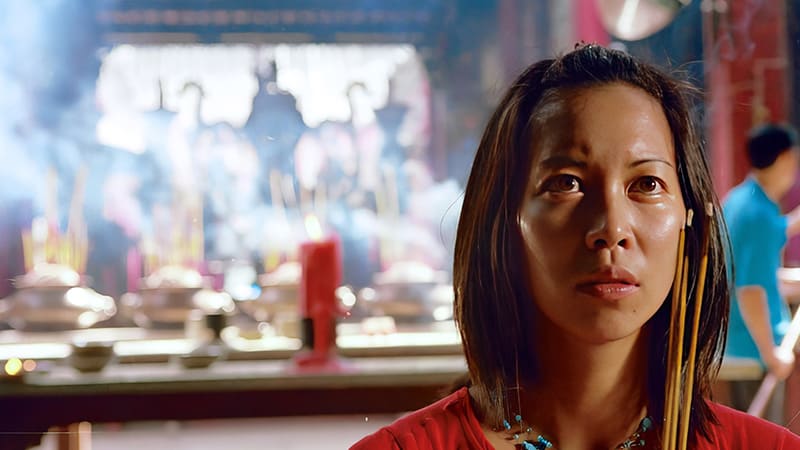
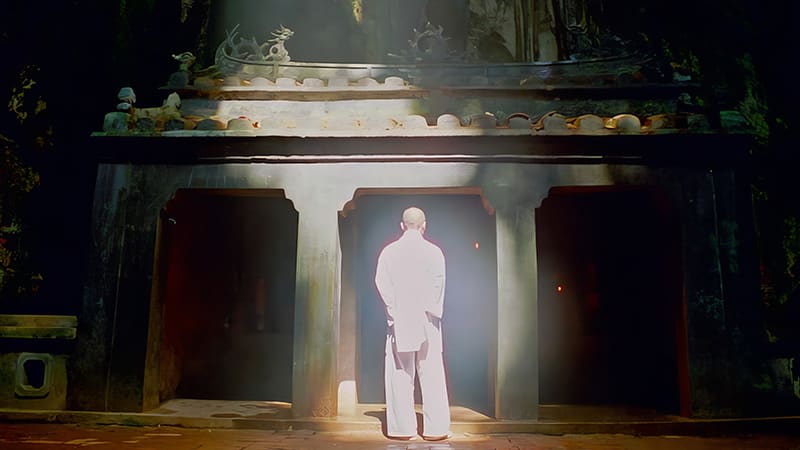

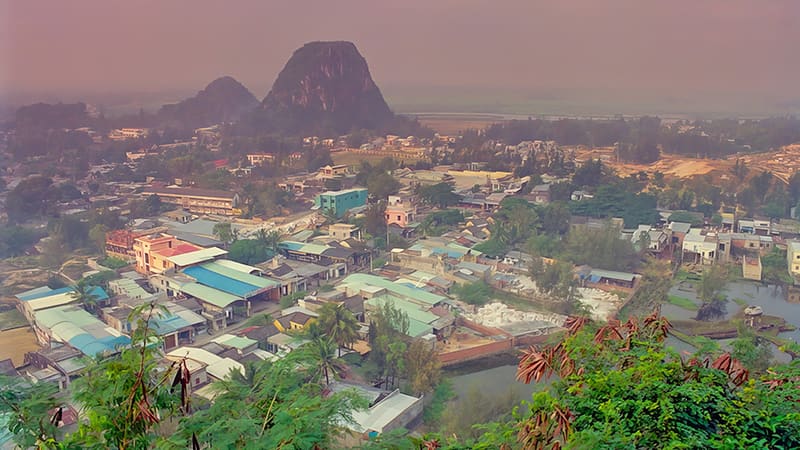

Craig Ferreira, one of the most respected and renowned under water researcher in the world has been obsessed with the Great White Shark for almost 30 years. Being the son of a trophy hunter he was only eleven years old when he killed his first Great White. A shocking experience which ultimately turned his attitude from being a hunter to becoming one of the most known protectors of these marine predators.
Today, he leads the White Shark Research Institute, which focuses on demystifying the Great White Shark. In countless dives they research behavior and hunting techniques of this animal. Usually they dive in cages, which offer a minimal protection from these sometimes very aggressive predators.
But Craig Ferreira is beyond that and considers himself a free diver. He is one of the few people on earth who dives with the great white with any protection whatsoever. But with thirty years of experience his true weapon is knowledge.
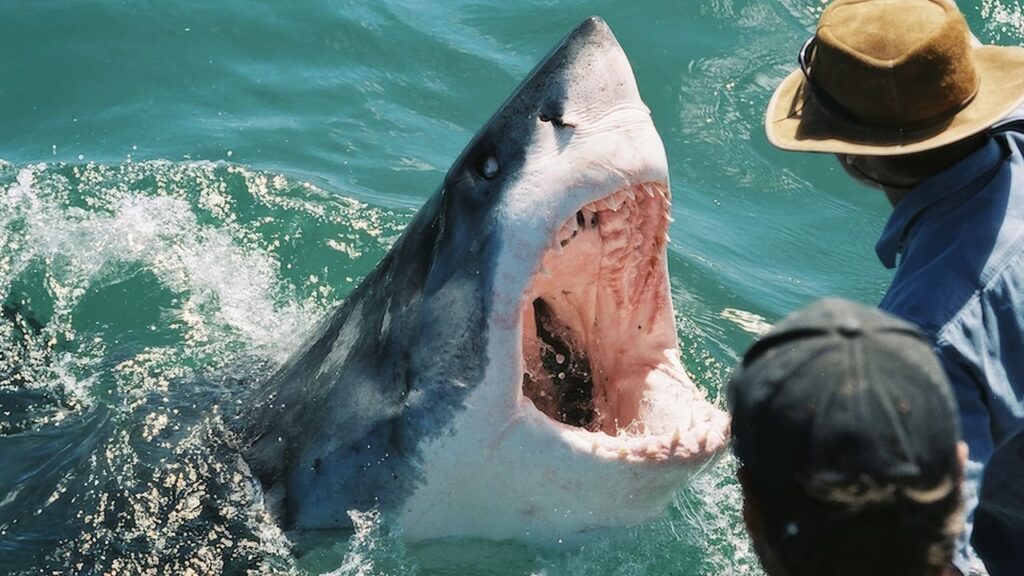
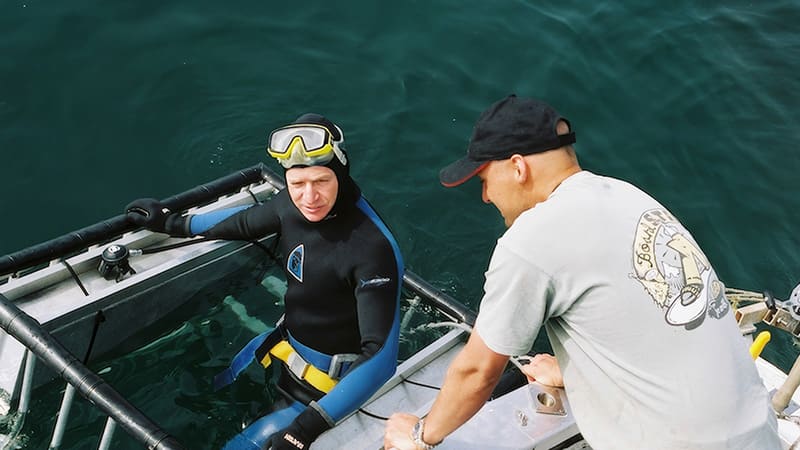
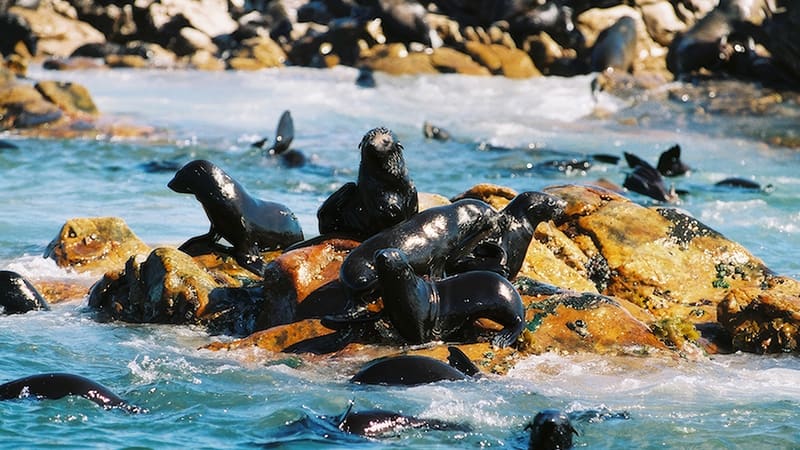
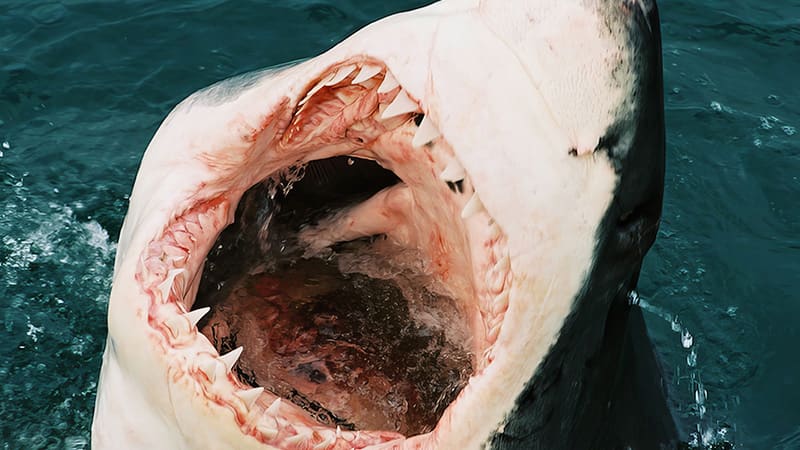

A high-end ten part documentary series about contemporary monastic life in ancient monasteries along the Danube River. The filming spanned over a period of eleven months and was heavily focused on personal stories rather than architectural environments. Fascinating characters, portrayed in high-end visuals, take you into the secluded life in today’s Danube monasteries.
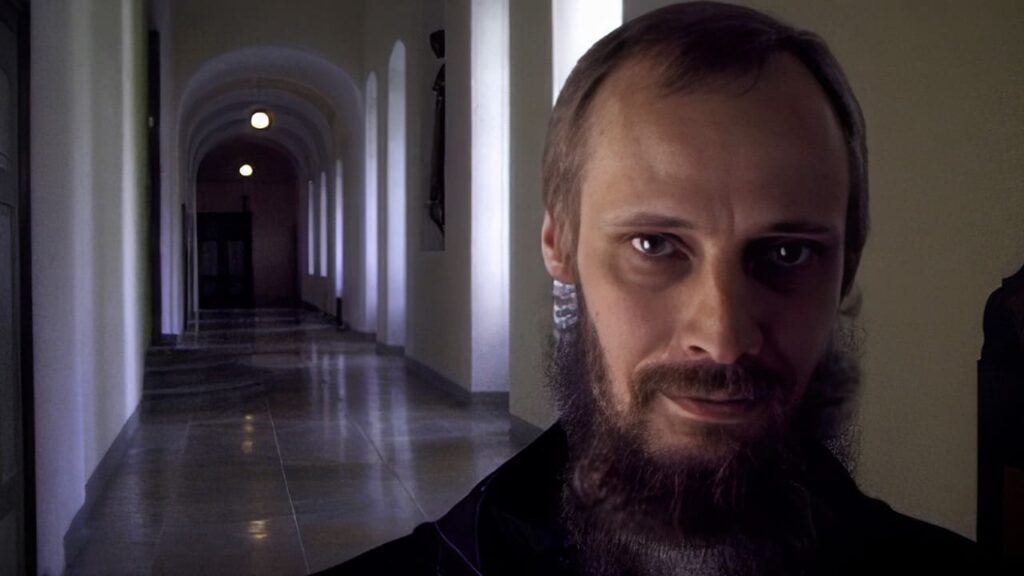
Every year, hundreds of Tibetan children attempt the dangerous escape into exile in India. Many break down in the snow and die from exhaustion and the cold. We followed a group of refugee children across the snow passes of the Himalayas, all the way to the safe haven of Dharamsala, home to Tibet’s spiritual leader, His Holiness the Dalai Lama.
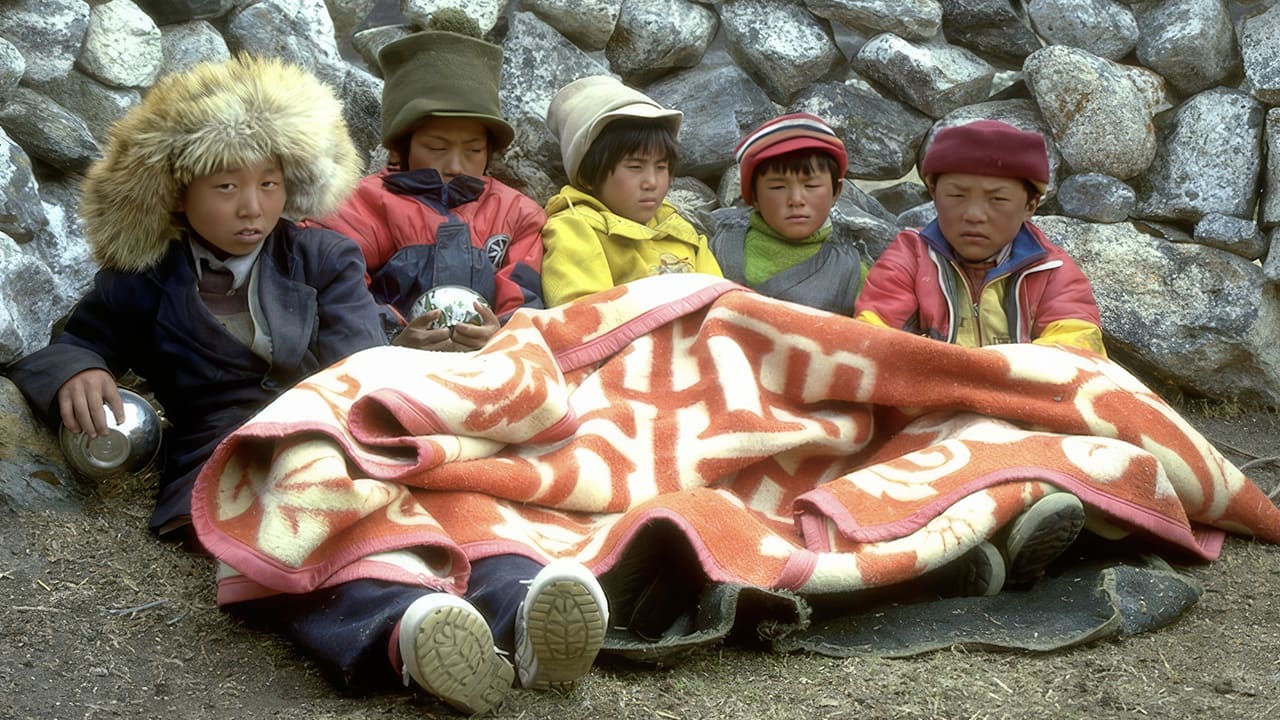
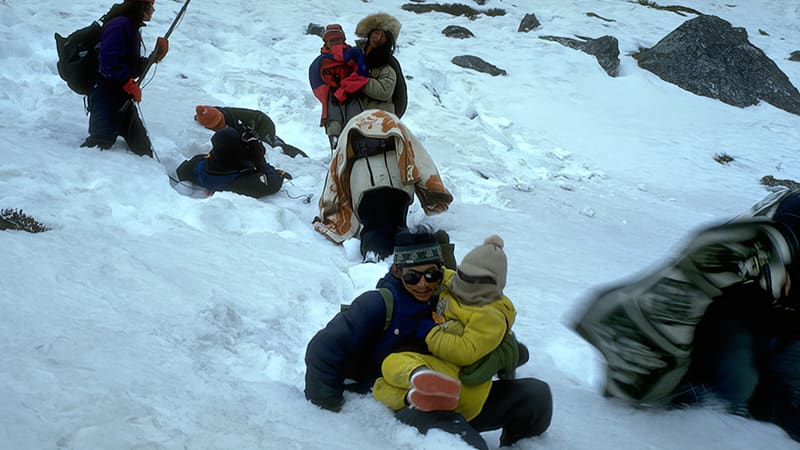

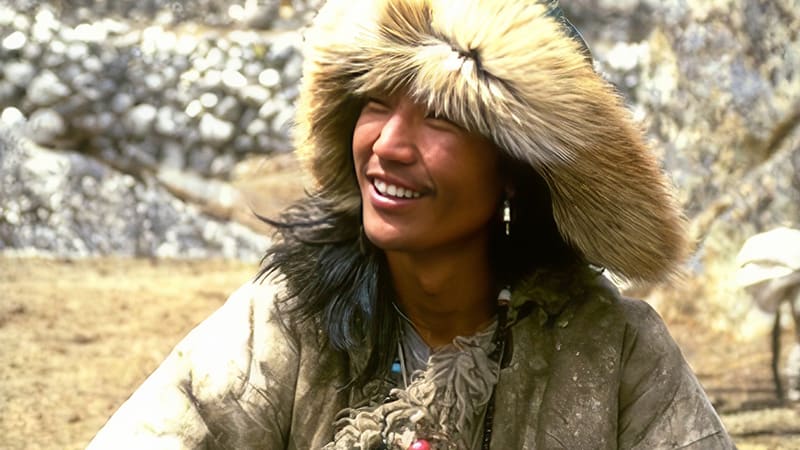


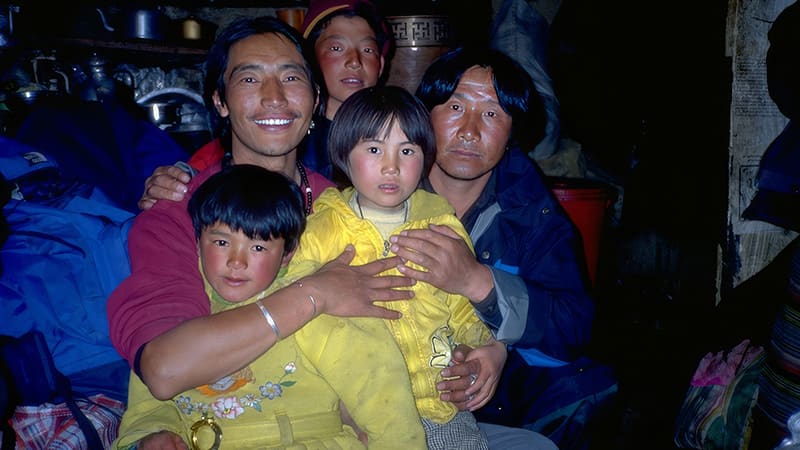
Richard Ladkani was born in Beirut and grew up in Baden near Vienna. At 18, he completed an apprenticeship as a photographer in Paris and then traveled extensively through South America and Asia as a freelance photojournalist. His travels were presented as multivision slide shows. In 1996, he attended the Maine Media Workshops in Rockport, Maine, and later moved to New York City to pursue a career in film.
Ladkani’s first notable film was “Escape over the Himalayas,” co-directed with Maria Blumencron, which won the Axel-Springer-Preis for young journalists and was nominated for Best Documentary at the German TV Awards. He has since directed and shot numerous acclaimed documentaries including “My Vietnam,” “The Devil’s Miner,” “Vatican – The Hidden World,” “Gas Monopoly,” and “Killerflu.”
As a cinematographer on “Jane’s Journey,” he accompanied Jane Goodall, who inspired him to focus on environmental and social issues. This led to eco-thrillers like “The Ivory Game,” “Sea of Shadows,” and the Disney+ series “Arctic Ascent with Alex Honnold,” all addressing species extinction, ecosystem destruction, and climate change. Jane Goodall supported “The Ivory Game” and “Sea of Shadows” as an honorary ambassador.
In 2015, Ladkani and his wife Anita founded Malaika Pictures, named after their daughter Maya Malaika. The company produced “The Ivory Game,” “Sea of Shadows,” and “Arctic Ascent with Alex Honnold.” In 2020, Ladkani became a member of the Academy of Motion Picture Arts and Sciences Documentary Branch.
Richard Ladkani is renowned for his impactful documentaries that highlight critical environmental and social issues, inspiring global conversations and actions. His work has earned him numerous accolades and established him as a significant figure in contemporary documentary filmmaking.